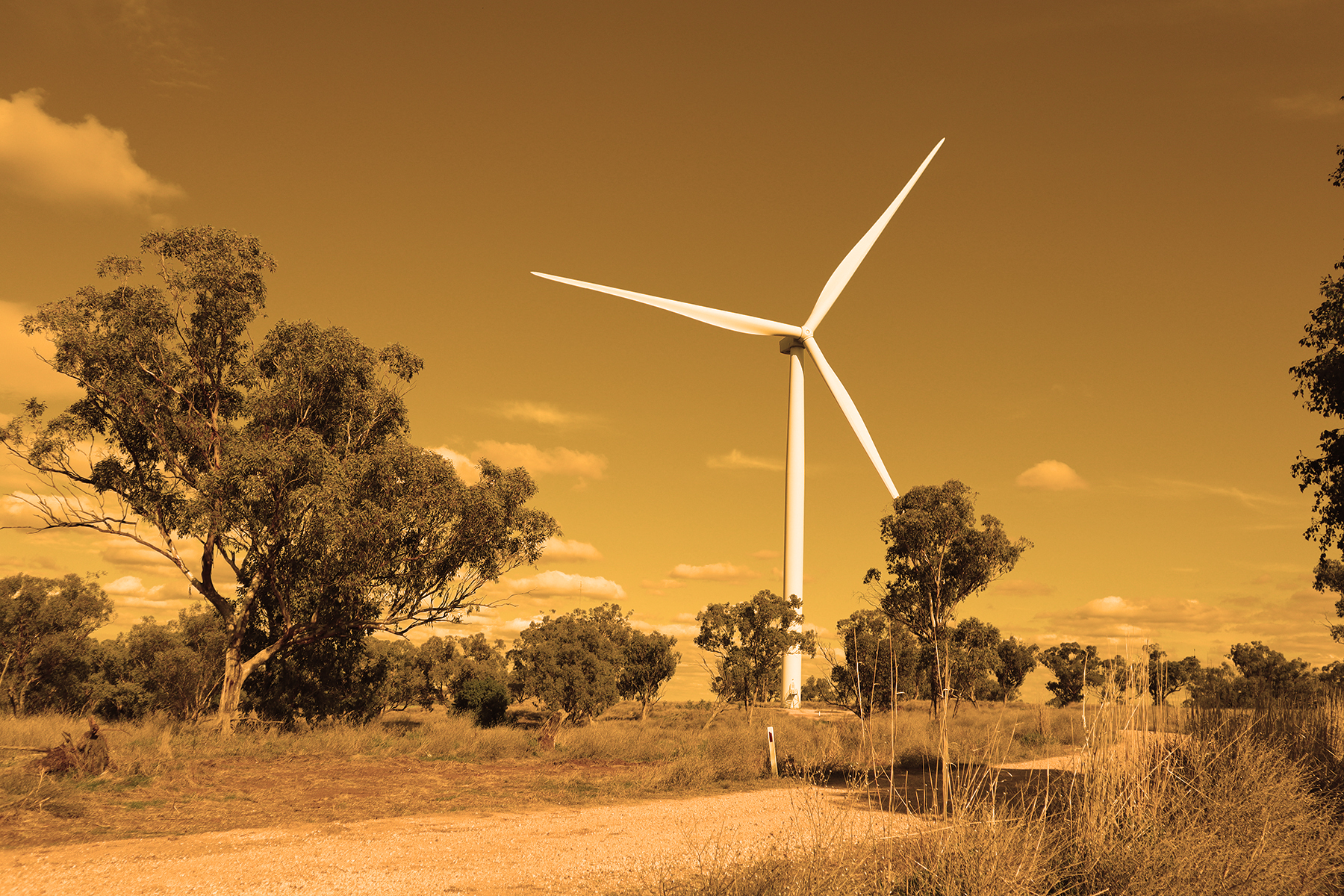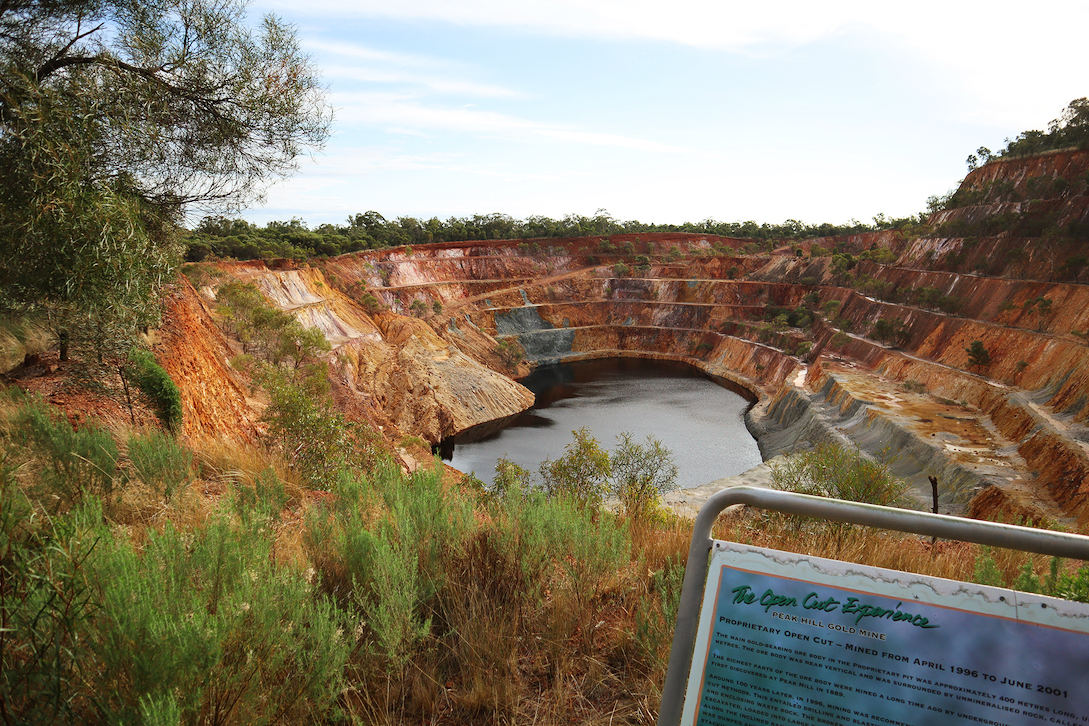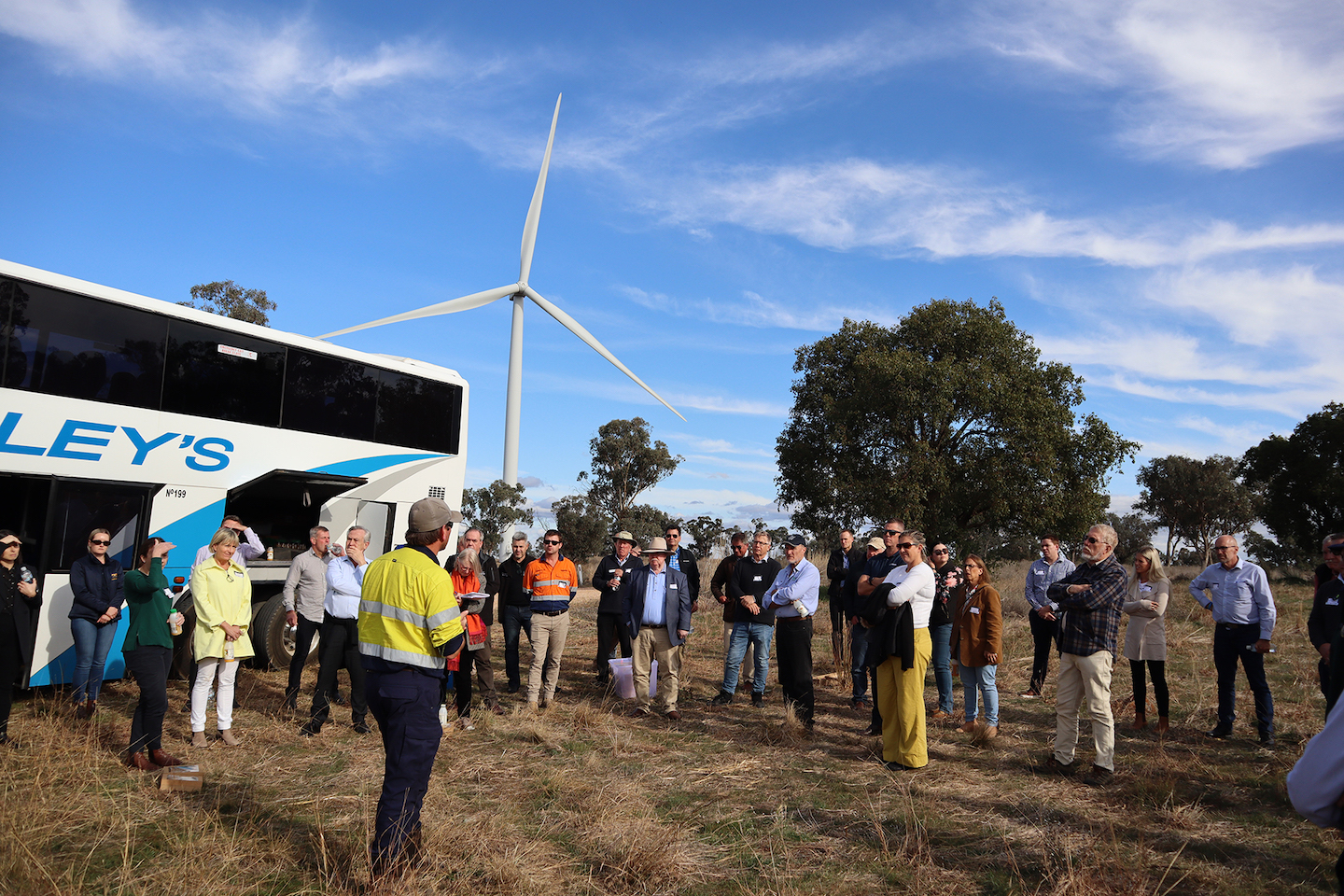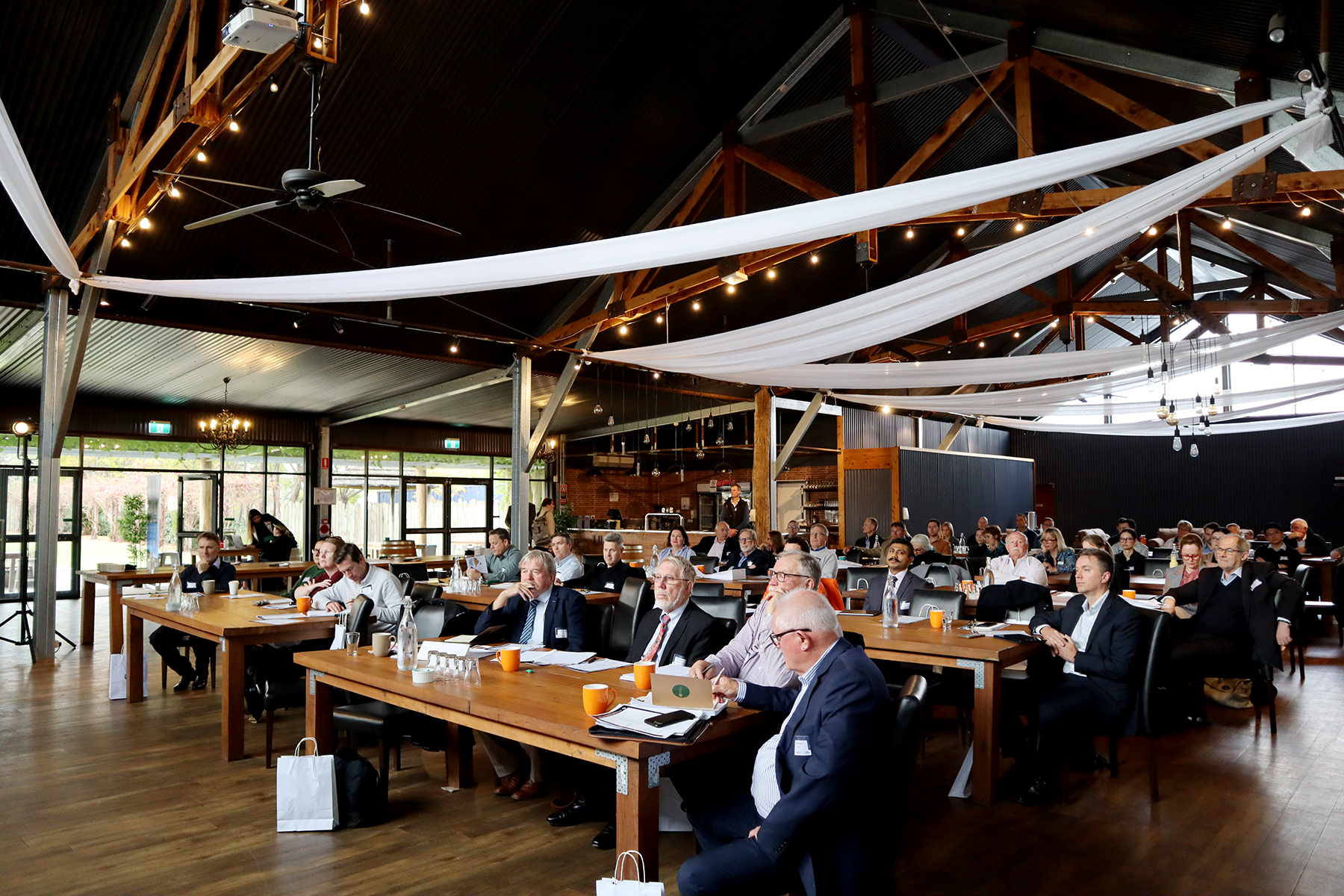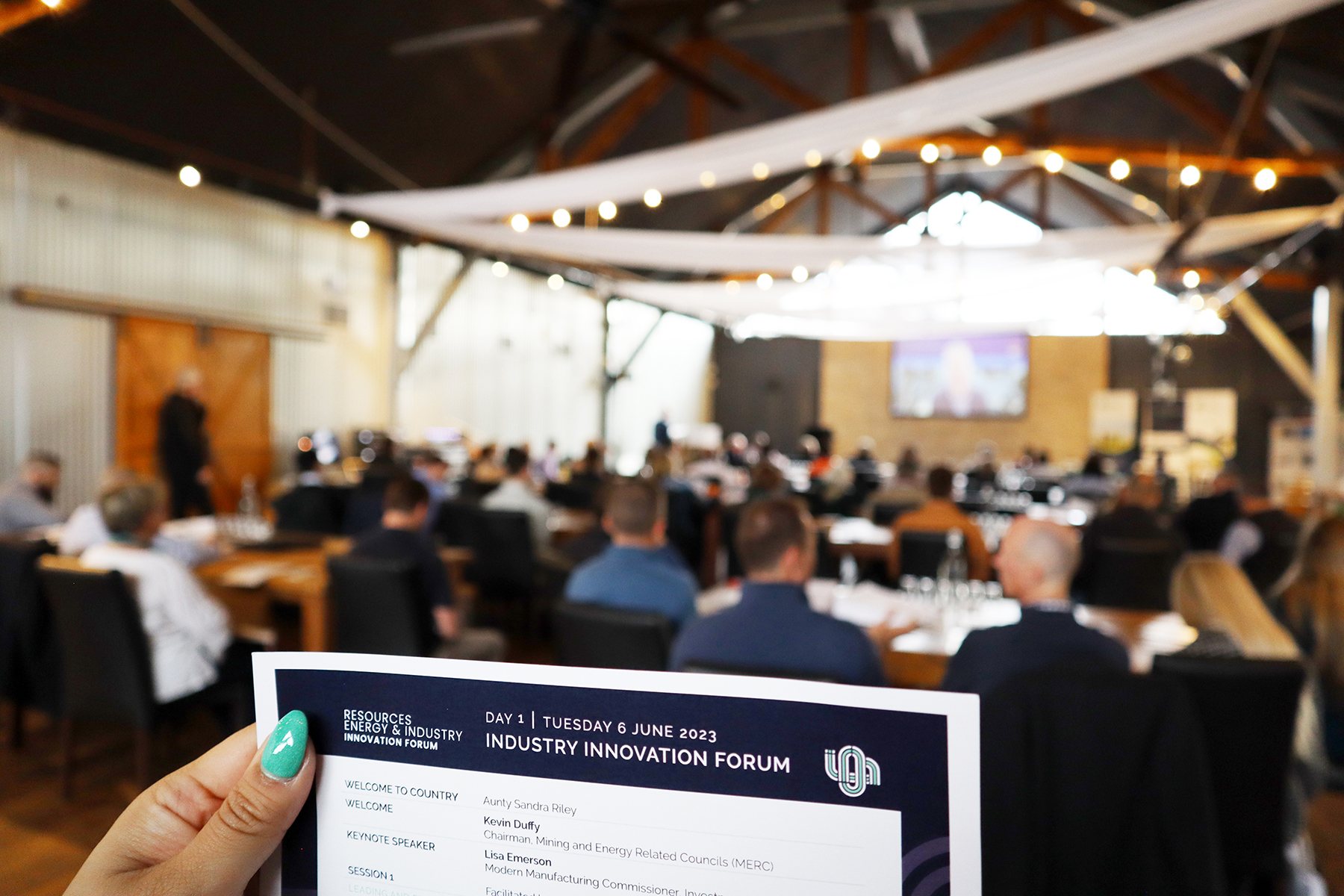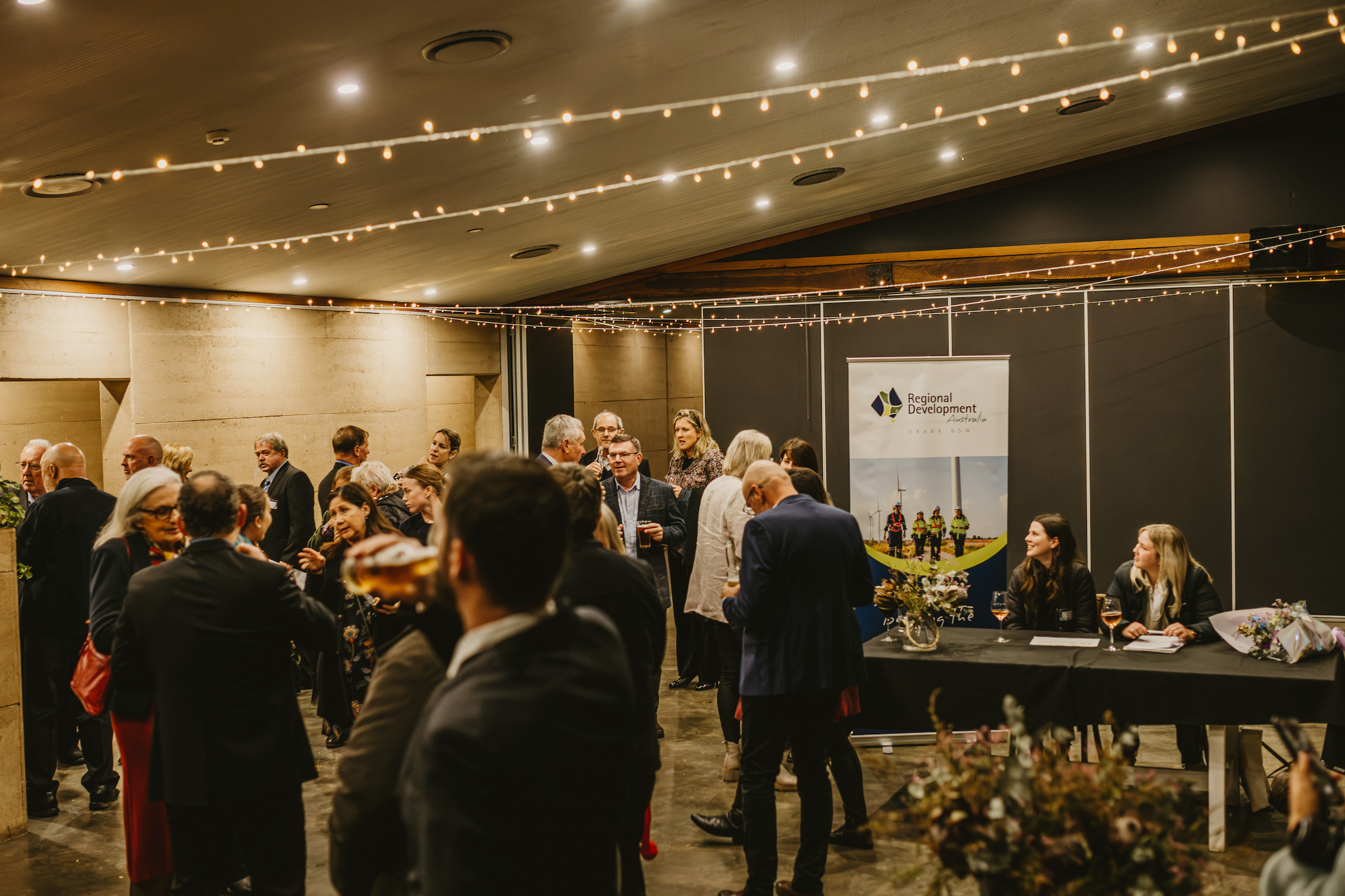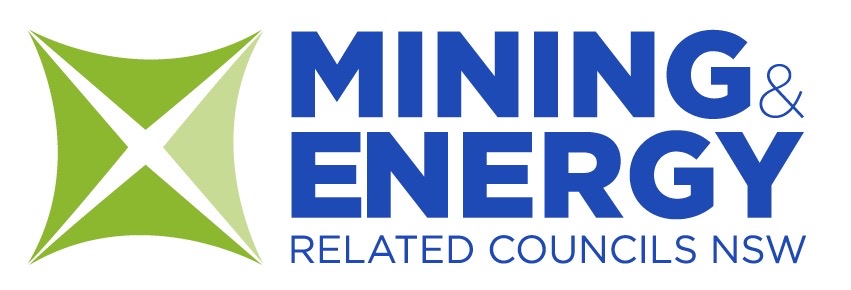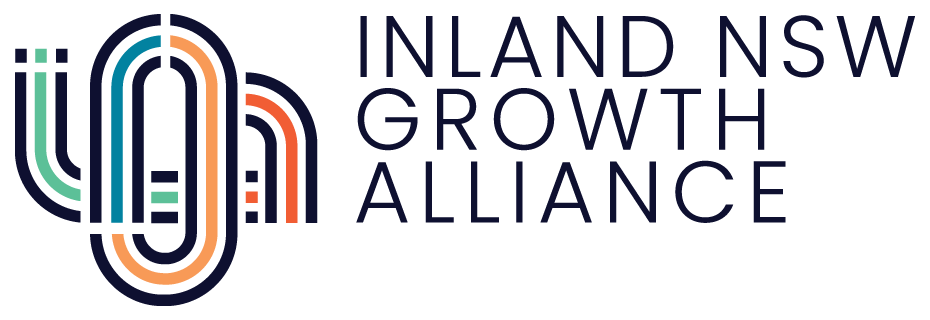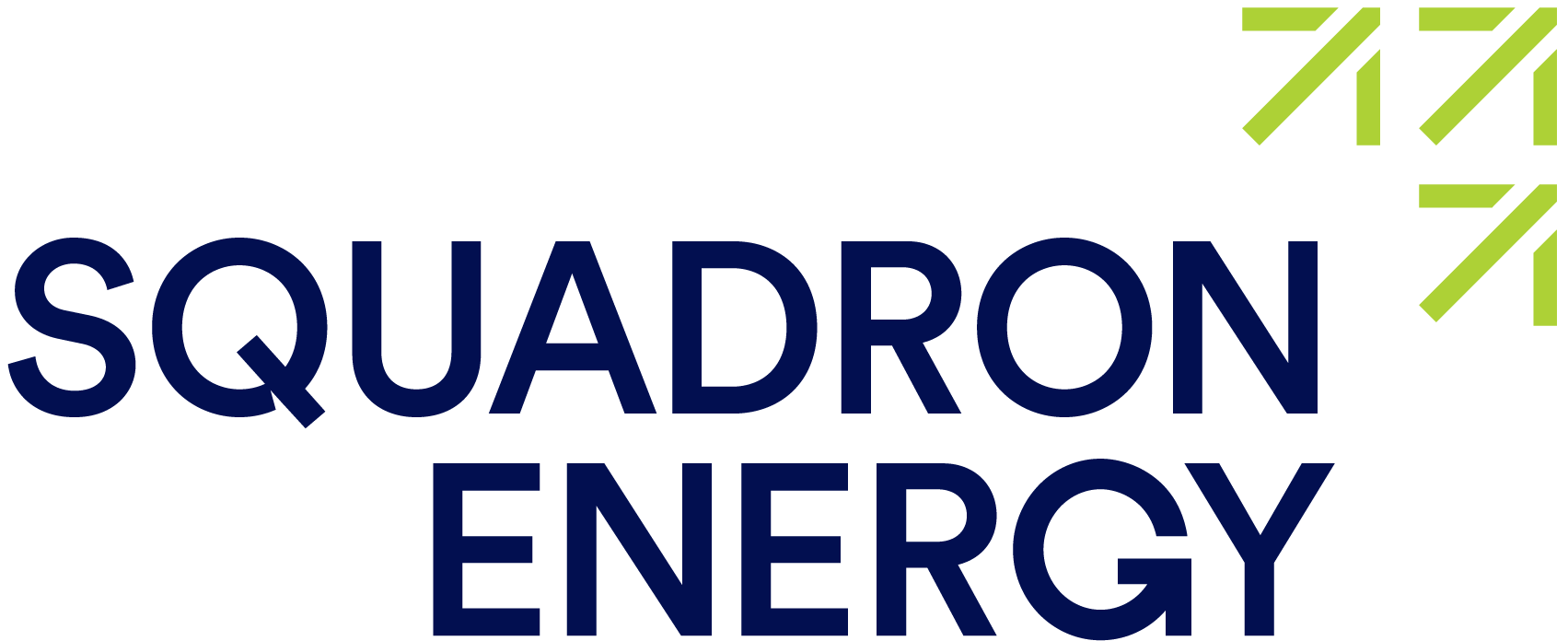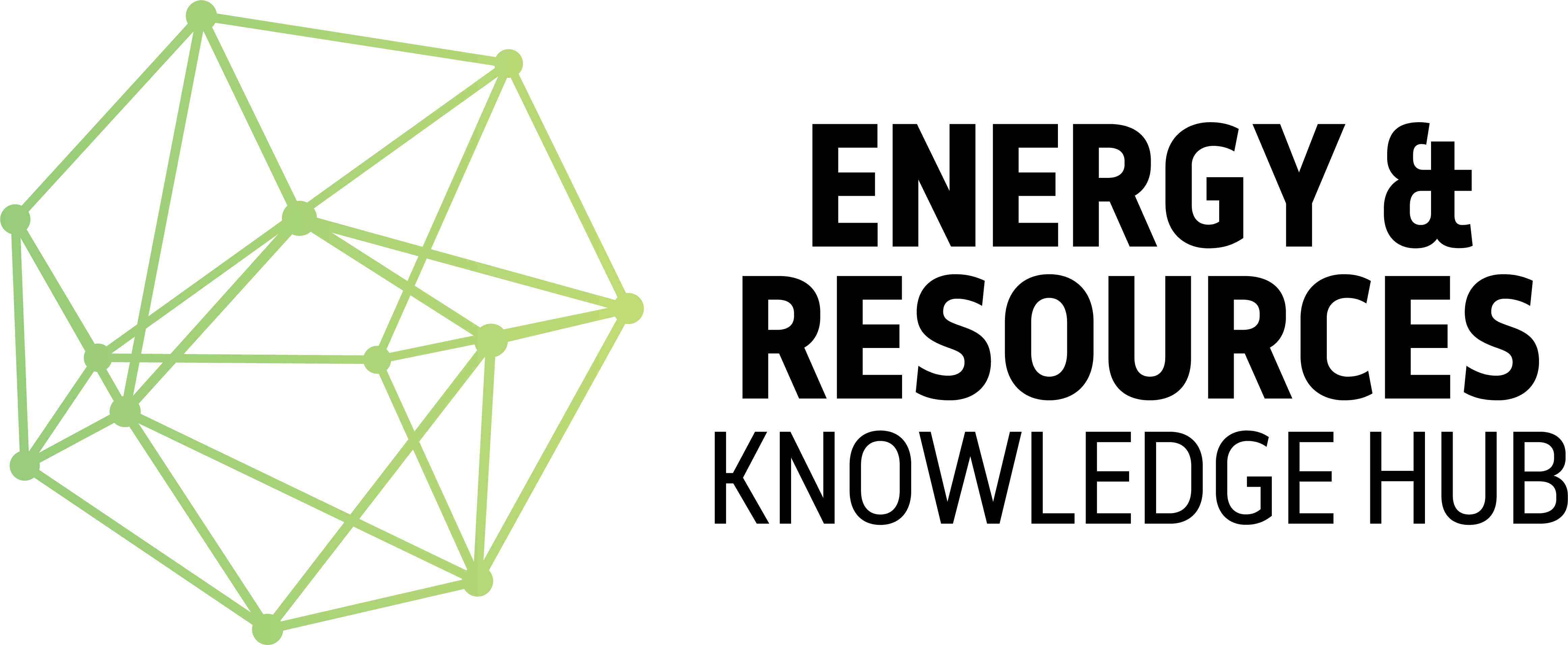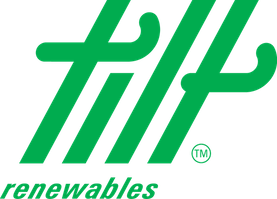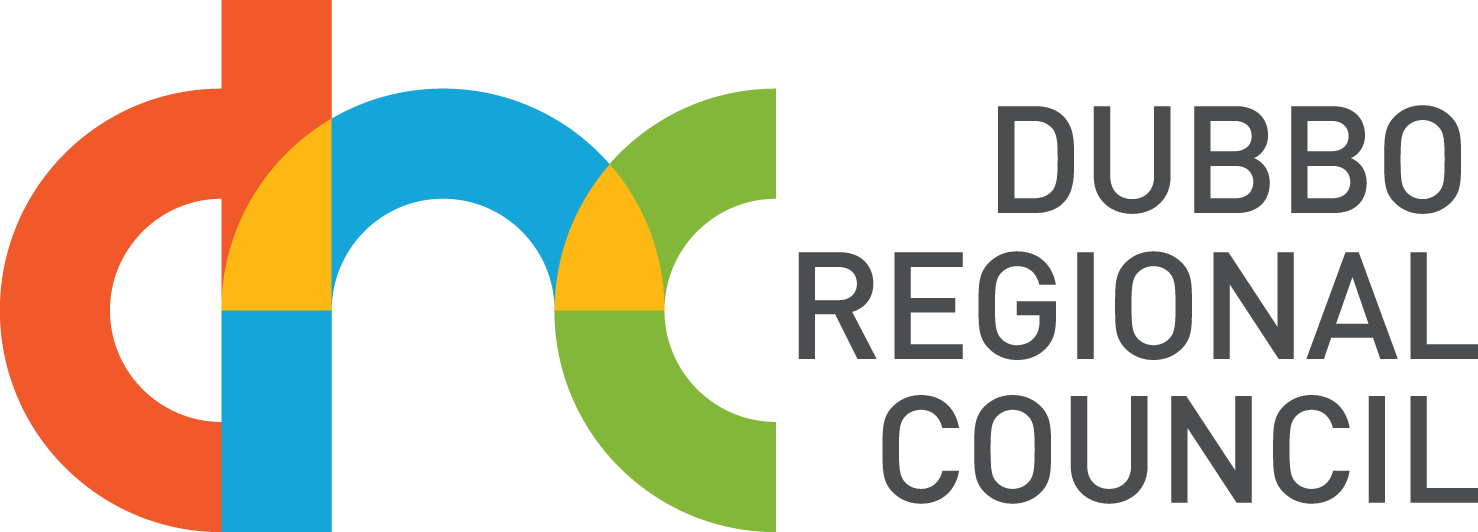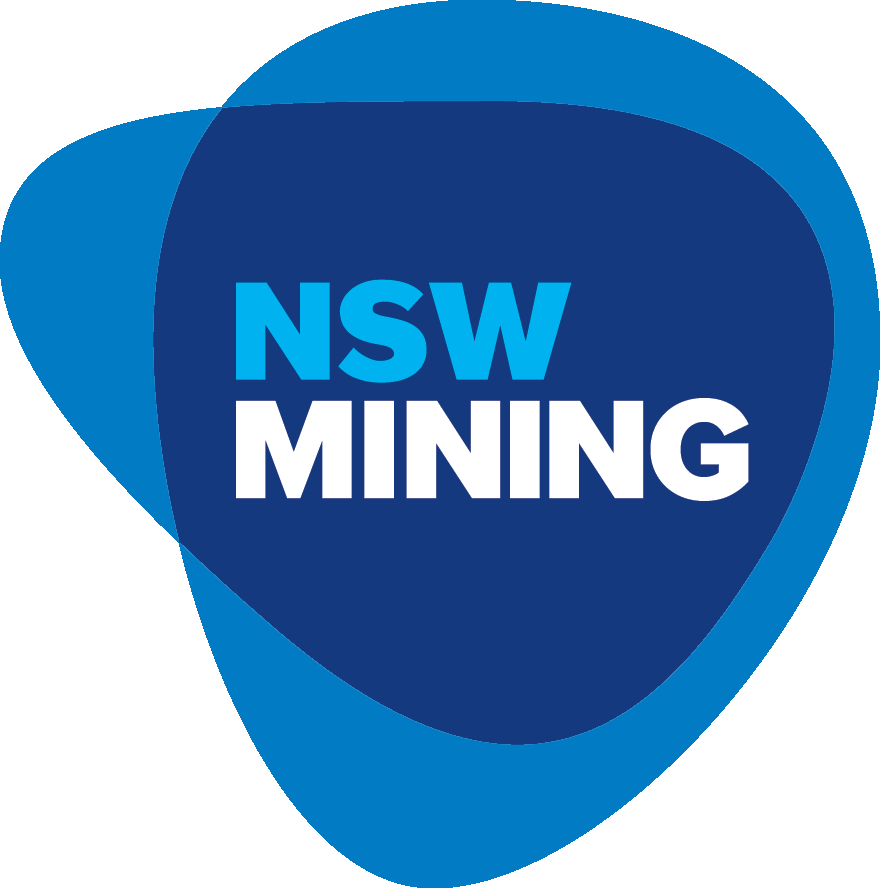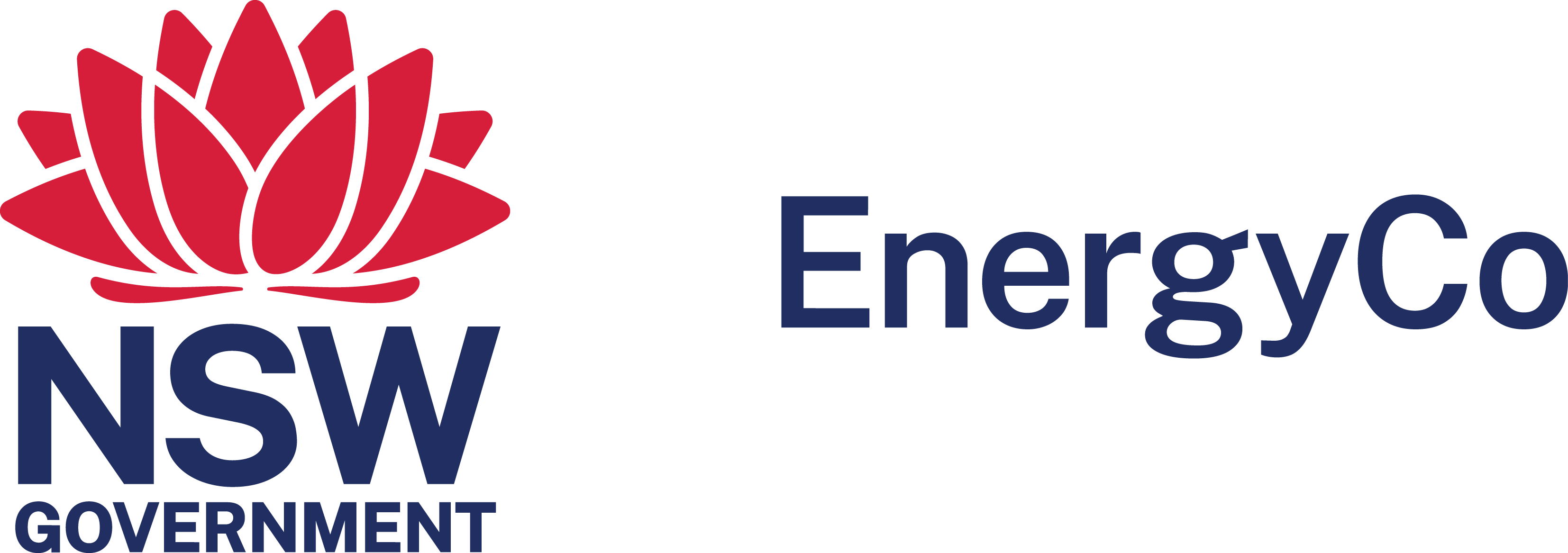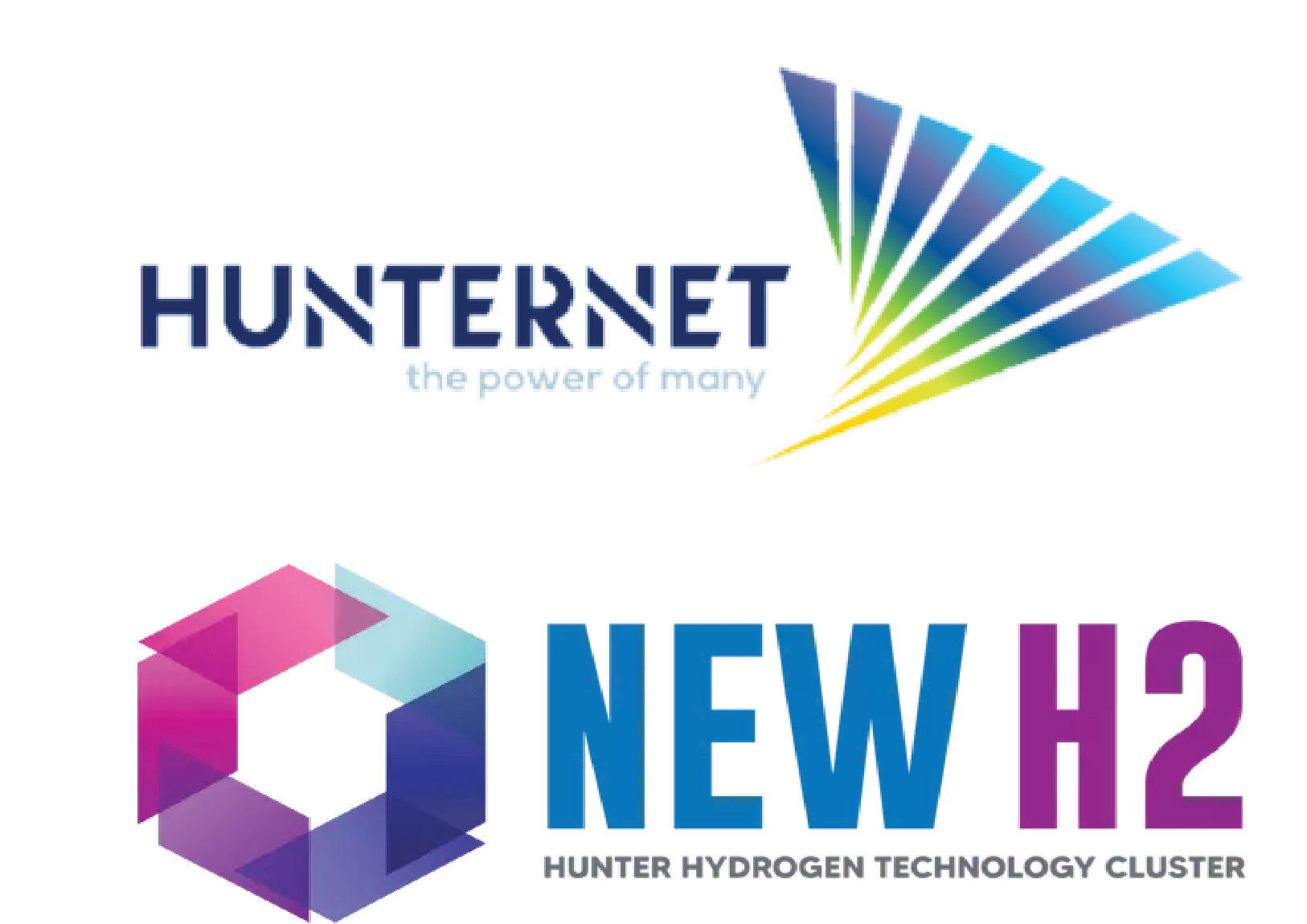RECAP
2023 REIIF - RECAP
The second annual Resources Energy and Industry Innovation Forum was hailed a success by organisers, which brought together a powerhouse of thought leaders, scientists, inventors, industry and government representatives to share their thoughts and advice on how regional NSW can move forward into a low emissions economy.
Some 64 speakers presented to nearly 500 participants over the four-day event following the theme ‘towards a zero emissions future’.
The event, held in Dubbo, was developed in partnership with Regional Development Australia (RDA) Orana and the Association of Mining and Energy Related Councils (MERC) NSW, along with the support of 15 corporate sponsors.
RDA Orana, CEO Megan Dixon said the forum provided a collaborative approach for business, industry and government to discuss the challenges and opportunities of a zero-emissions future.
“Being part of the renewable energy zone, puts the region in an enviable position to value add and build on what has already been invested in,” she said.
“Participants heard first-hand from experts in the field, to help navigate the changing landscape of what a low-emissions future looks like.”
The forum highlighted the impacts faced by regional NSW and worked towards problem-solving around workforce, skills, housing and community engagement.
Ms Dixon said participants learnt about projects and initiatives that were driving greater economic growth, industry collaboration, research and innovation as well as increased public and private investment within the resources and energy sector in regional NSW.
TESTIMONIAL
DAY 1 - RECAP
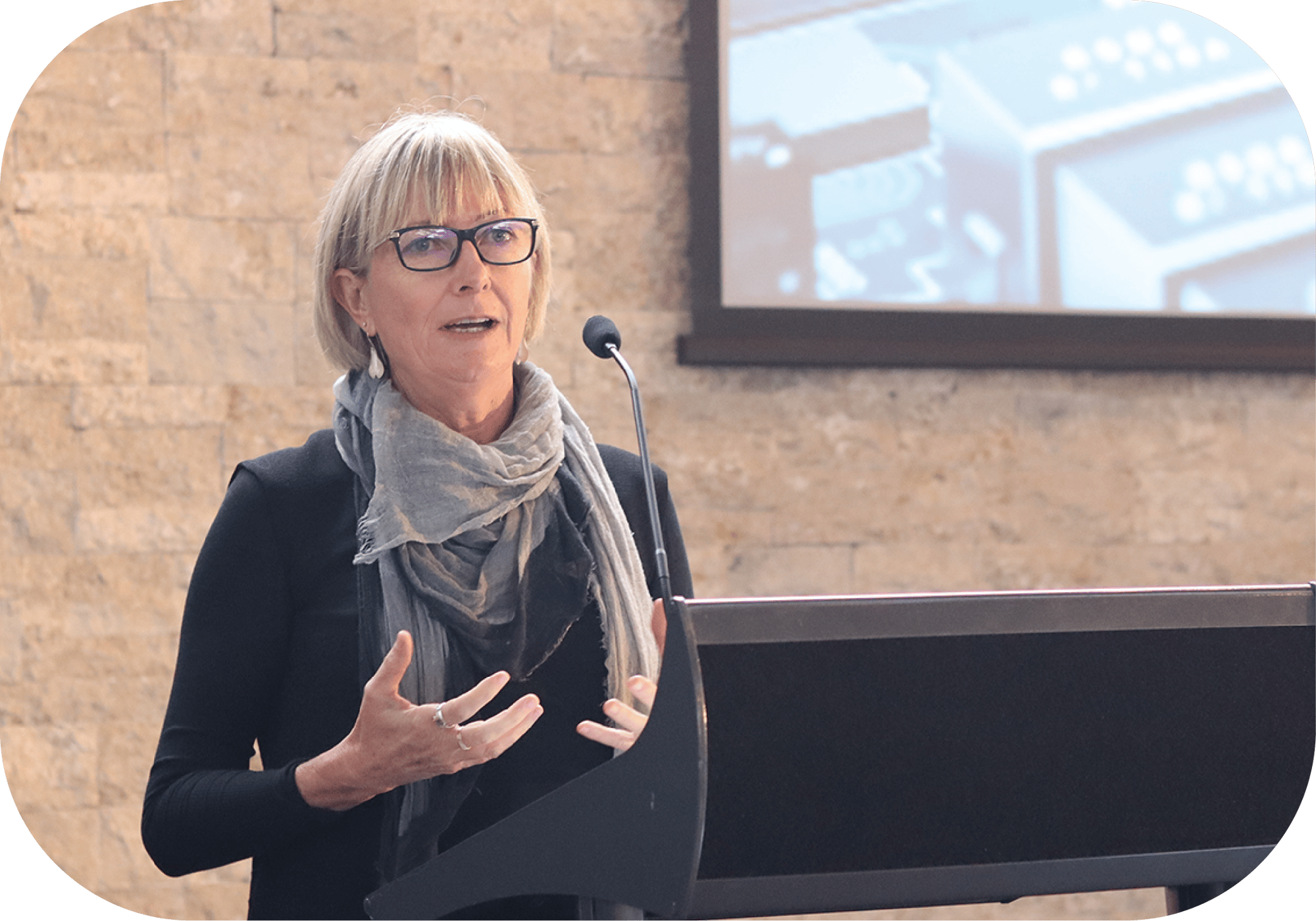
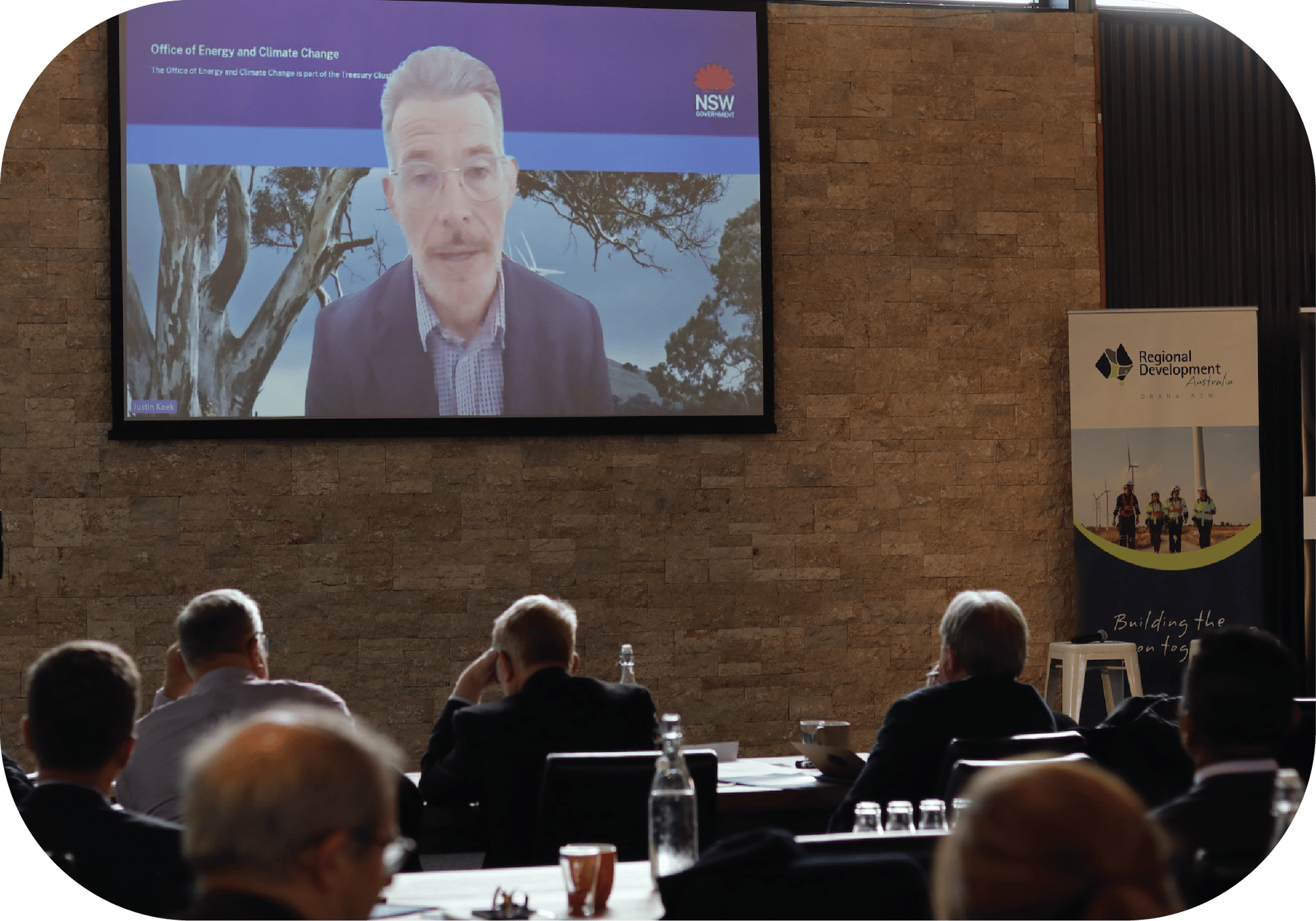
Lisa outlined how the industry had been in decline over the past 20 years, however, NSW still remained the largest manufacturing state, contributing $36.5 billion to the economy annually and employing more than 228,000 people. She said NSW manufacturing exports comprised 18% of the state’s total exports, with 10 manufacturing industries making up more than half of the state’s exports. Lisa provided an overview of her role as Modern Manufacturing Commissioner and the Taskforce, and the development of the Modern Manufacturing Strategy which will be released in late 2023. The strategy will outline a coordinated approach to reviving domestic manufacturing in NSW to create jobs and opportunities, lift productivity and complexity of products and establish secure and ethical supply chains.
Justin said the plan aimed to strengthen the prosperity and quality of life of the people of NSW, while helping to achieve the State's objective to deliver a 70% cut in emissions by 2035 compared to 2005 levels. It was anticipated that the economic impacts of the Plan and related policies would attract more than $39 billion in private investment and support more than 13,000 jobs by 2035, mostly in regional NSW. He outlined the NSW Hydrogen Strategy, which will support industry to move towards green hydrogen through the establishment of green hydrogen hubs, touched on available grants that will focus on projects that deliver at scale and maximise benefits and the NSW Electric Vehicle Strategy, which is intended to increase EV sales to 5% by 2030.
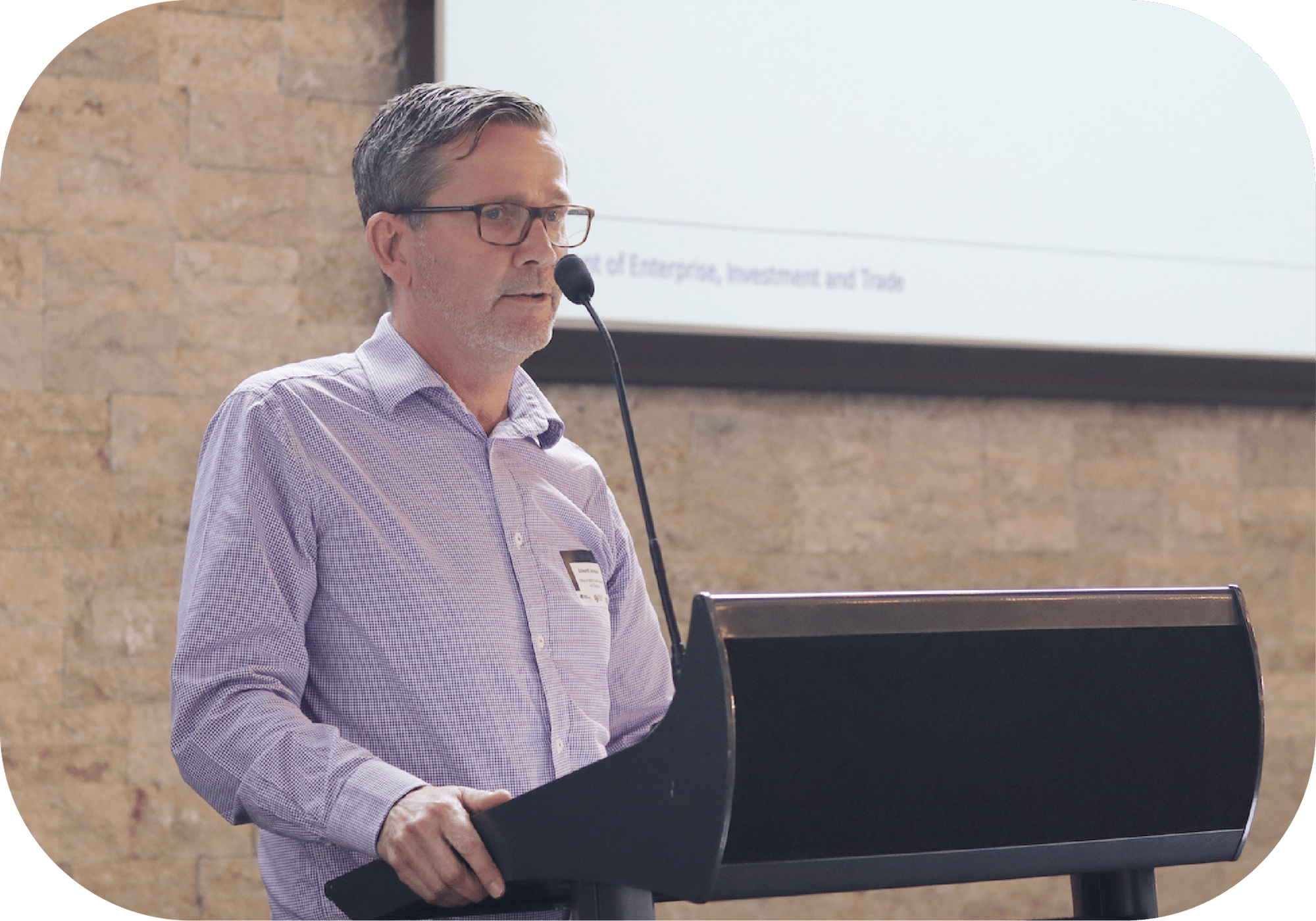
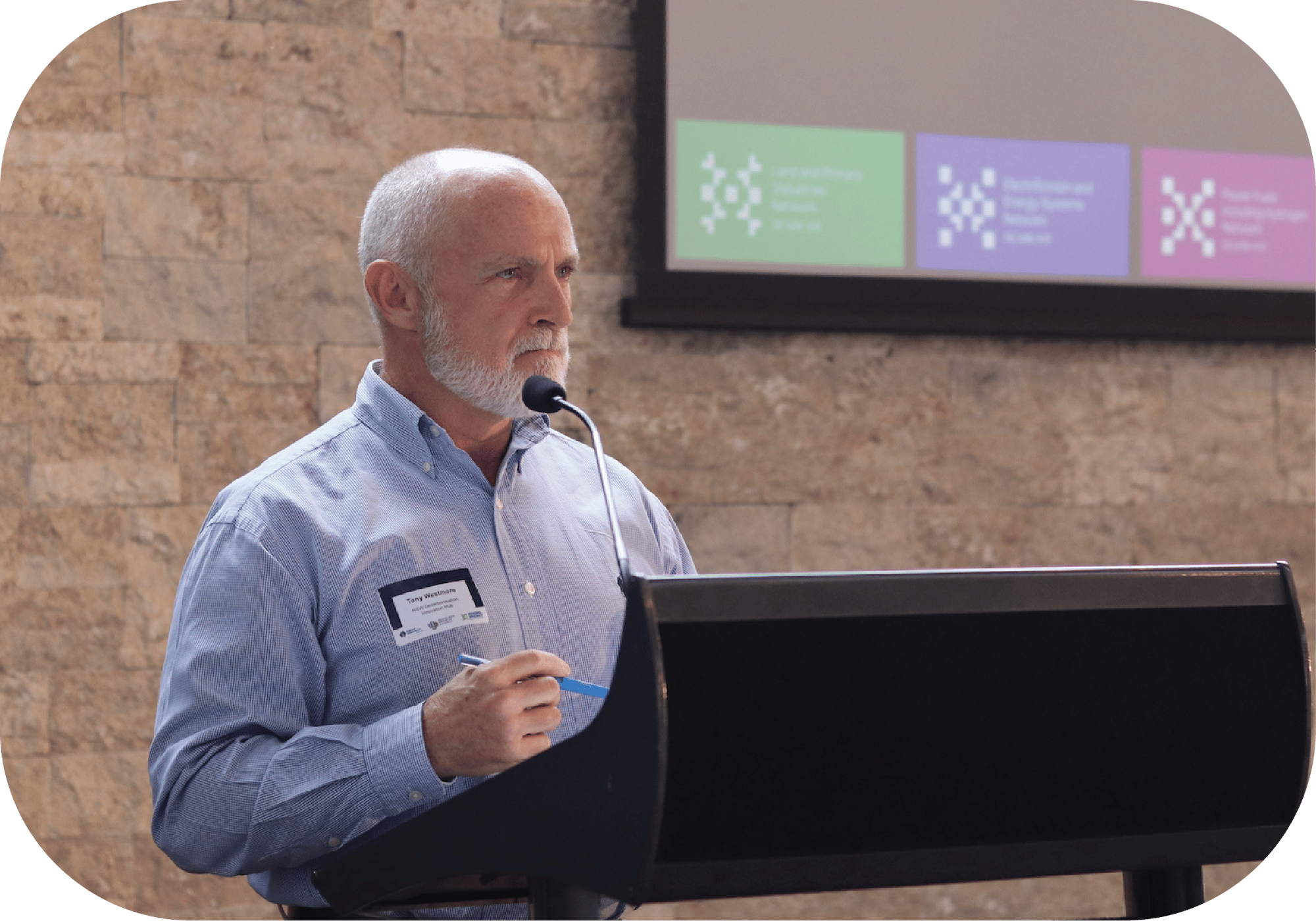
Delving back into the NSW Decarbonisation, Innovation Hub, Hub Manager Tony Westmore provided an overview of the internal operations of the think tank, which has been funded by a $15 million NSW Environmental Trust grant over 9 years, matched by partners. He explained the three strategic priority areas and how the hub is structured around three networks of:
- Electrification and Energy Systems - because electrifying the energy system is key to enable renewable energy solutions. Co-Leads: Professor John Fletcher (UNSW) and Laureate Professor Behdad Moghtaderi (UON)
- Land and Primary Industries – because the sector is a significant contributor to NSW’s emissions. Network Lead: Professor Benjamin Smith (WSU)
- Power Fuels including Hydrogen – because replacing the current fossil fuels with new sustainable synthetic powerfuels is key to unlocking decarbonisation opportunities for many hard-to-abate sectors beyond 2030. Network Lead: Scientia Professor Rose Amal AC FTSE (UNSW).
Tony outlined the Hub outputs and the 3-year strategy which was underpinned by workplans of the 3 networks and the portfolio management delivered by the Hub.
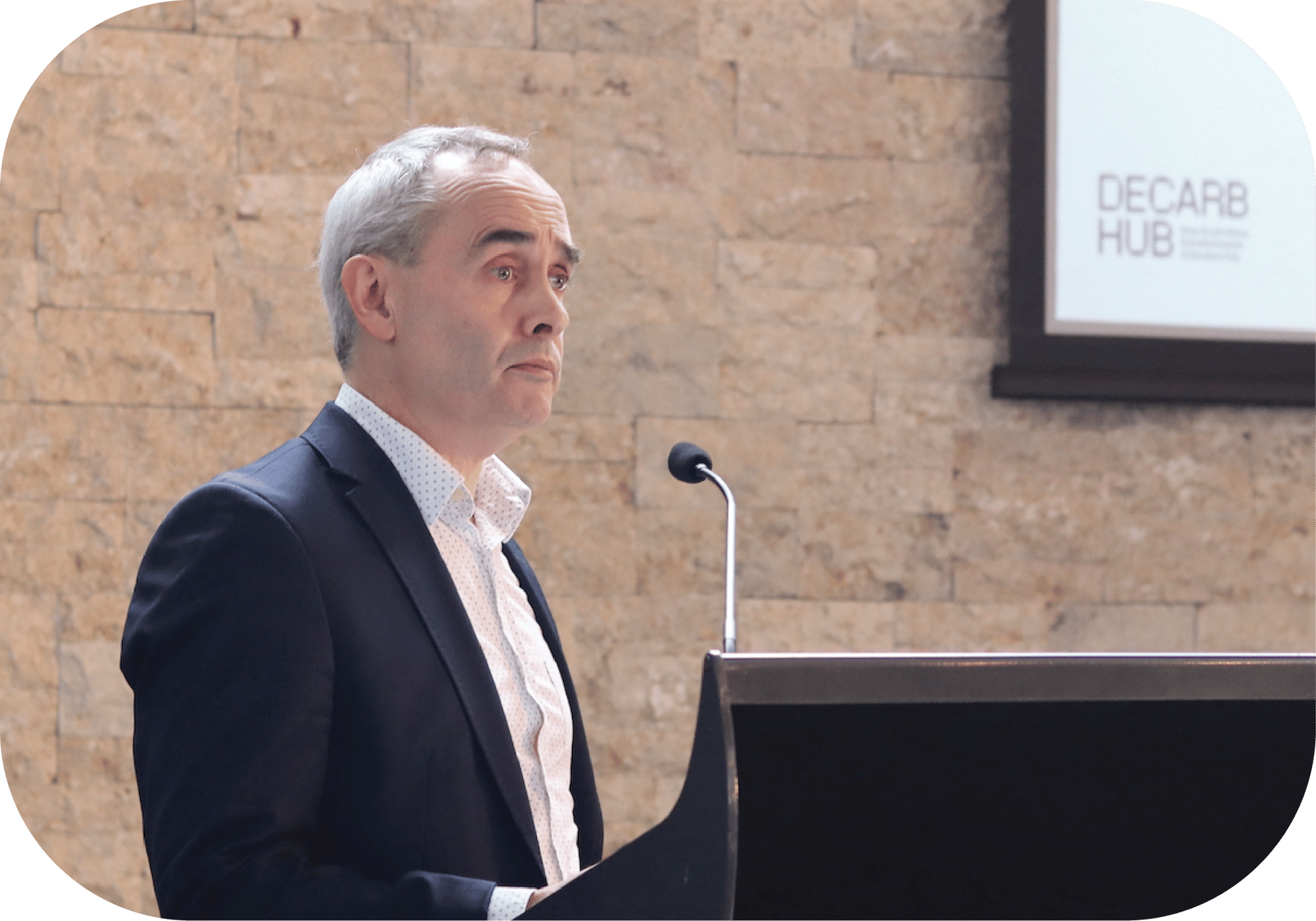
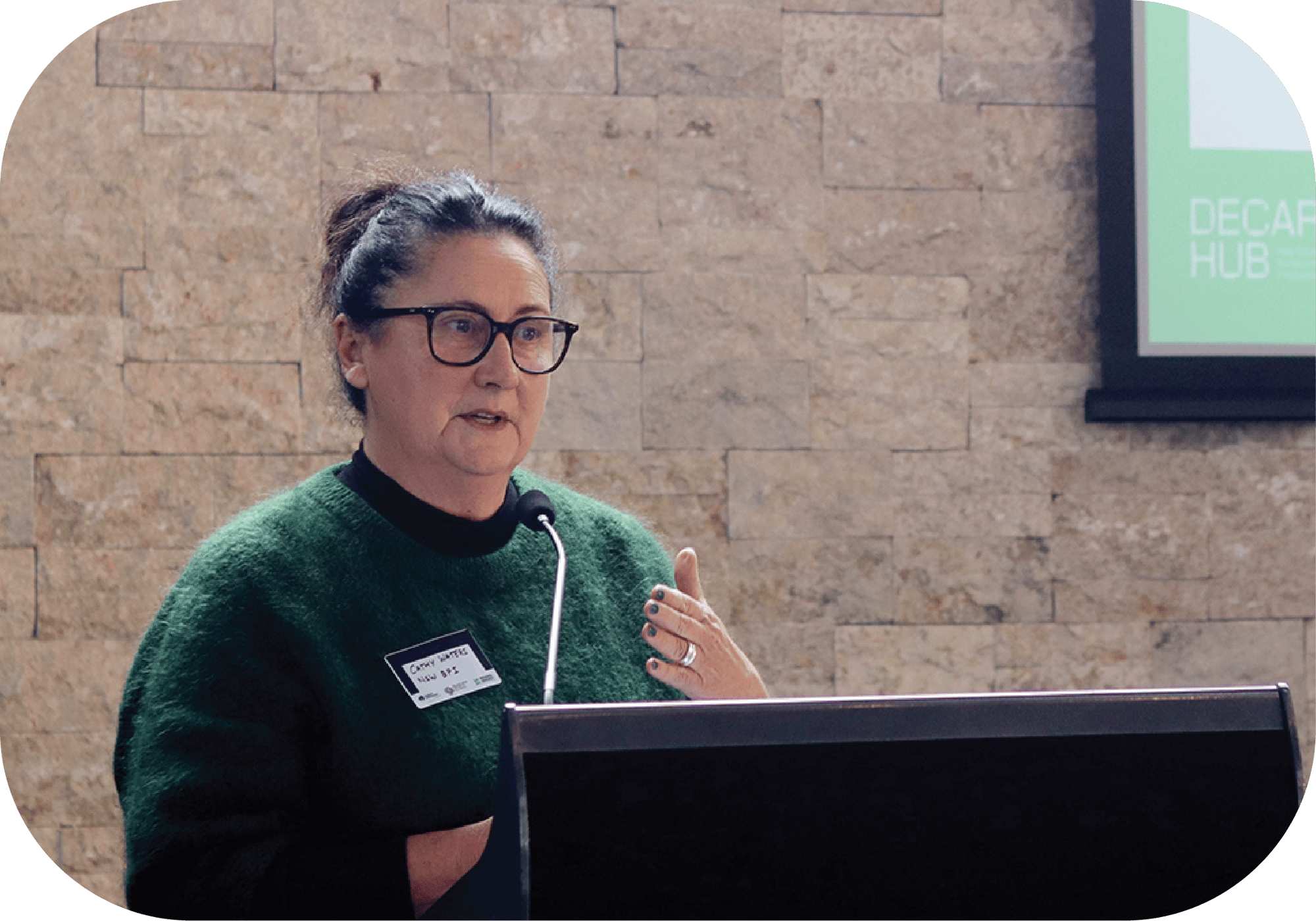
Cathy explained that most emissions were associated with livestock, however there was significant abatement potential from the land sector, which included avoided deforestation, retention of native vegetation, human-induced regeneration, reforestation by mallee planting and mixed-species planting. She said the network focused across five core themes of digital and precision agriculture, sustainable native landscapes, sustainable agriculture and land-use, sustainable urban transformation and carbon abatement horizons. Cathy said the network was working to develop new projects such as blue carbon activities, sustainable bi-products, waste product opportunities and genetics and biomass innovation. She said priority focus areas included the establishment of industry-aligned HDR scholarships, competitive research grants and developing a road map for NSW Primary Industries (Agriculture, Fisheries and Forestry).
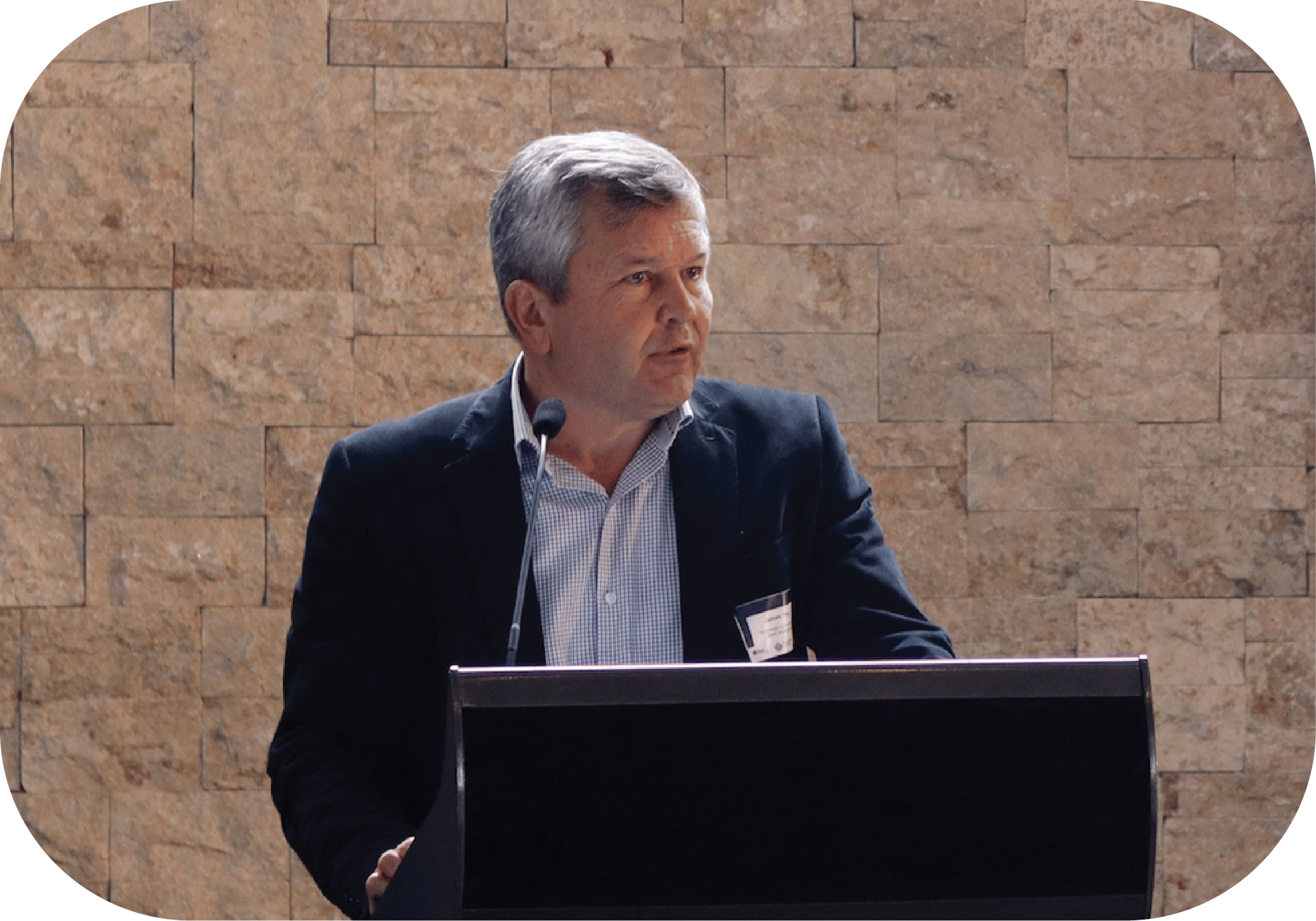
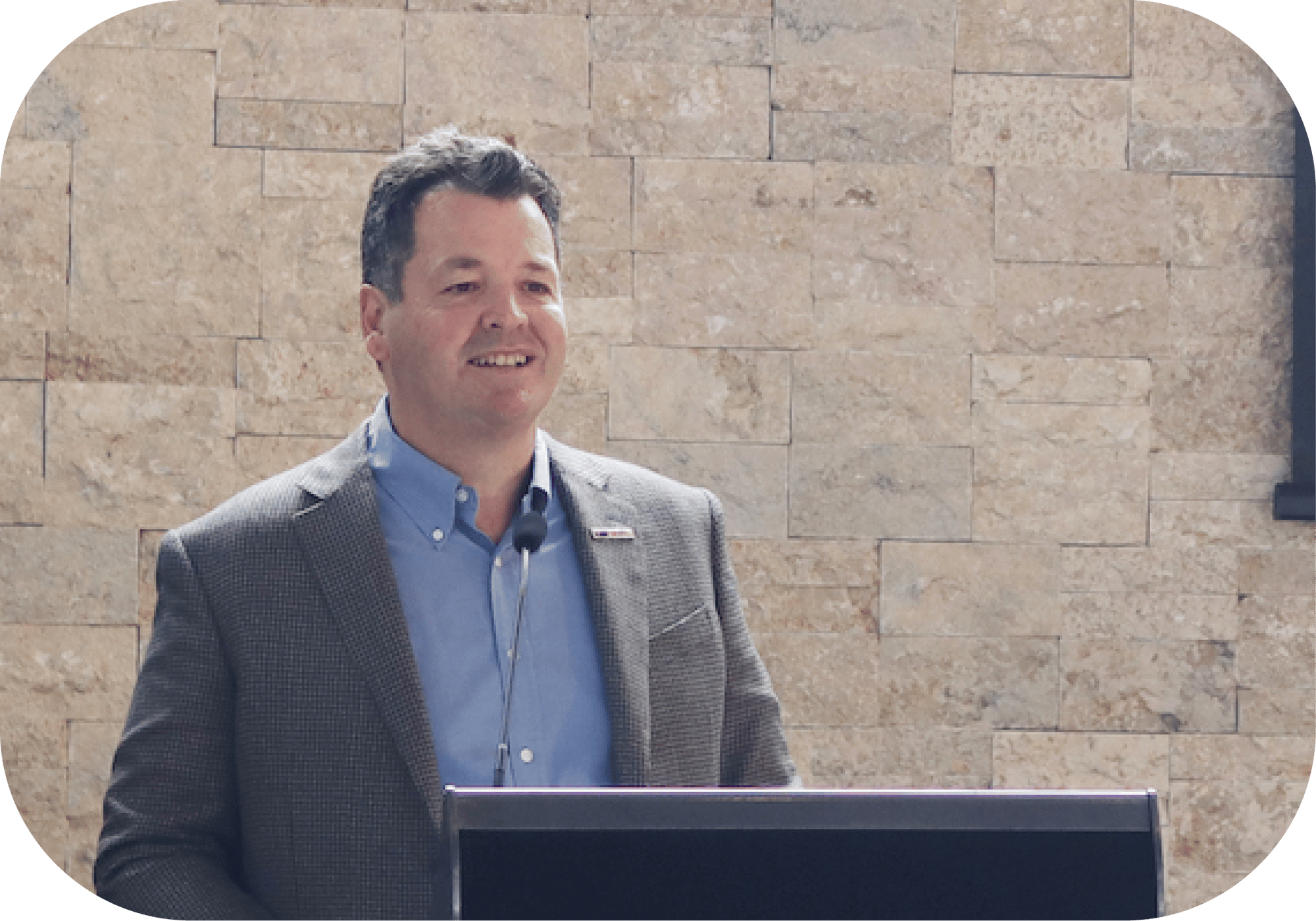
He said the Roadmap aimed to deliver lowest-cost replacement infrastructure before coal-fired power stations retire with 4 out of 5 of the state’s existing coal-fired power stations, providing 70% of electricity, scheduled to retire in the next 10 years. He explained that a firmed mix of renewables would be the fastest, lowest cost way to deliver replacement electricity and replacing retiring power stations would provide the biggest contribution to NSW’s 2030 emissions goal. James said communities wanted certainty with what was happening in the longer term, not just the next 5 years which is where the NSW Network Infrastructure Strategy provided options over the immediate, mid-term and long term horizons.
Showcasing innovation with clean energy, LAVO Industry Specialist, Michael Sharpe explained plans to develop a 5mw microgrid at Blueridge Business Park in Dubbo. The project would offer fixed-cost, affordable and reliable green energy to businesses at the precinct through the distribution of battery energy storage systems, which would be aggregated under a virtual power plant. Michael said the project was proposed to run over four stages, with stage 1 currently under development approval. He said the project would showcase Dubbo to NSW and the rest of Australia, support job growth and drive investment across the regional economy and provide the ability to operate and thrive as a green business.
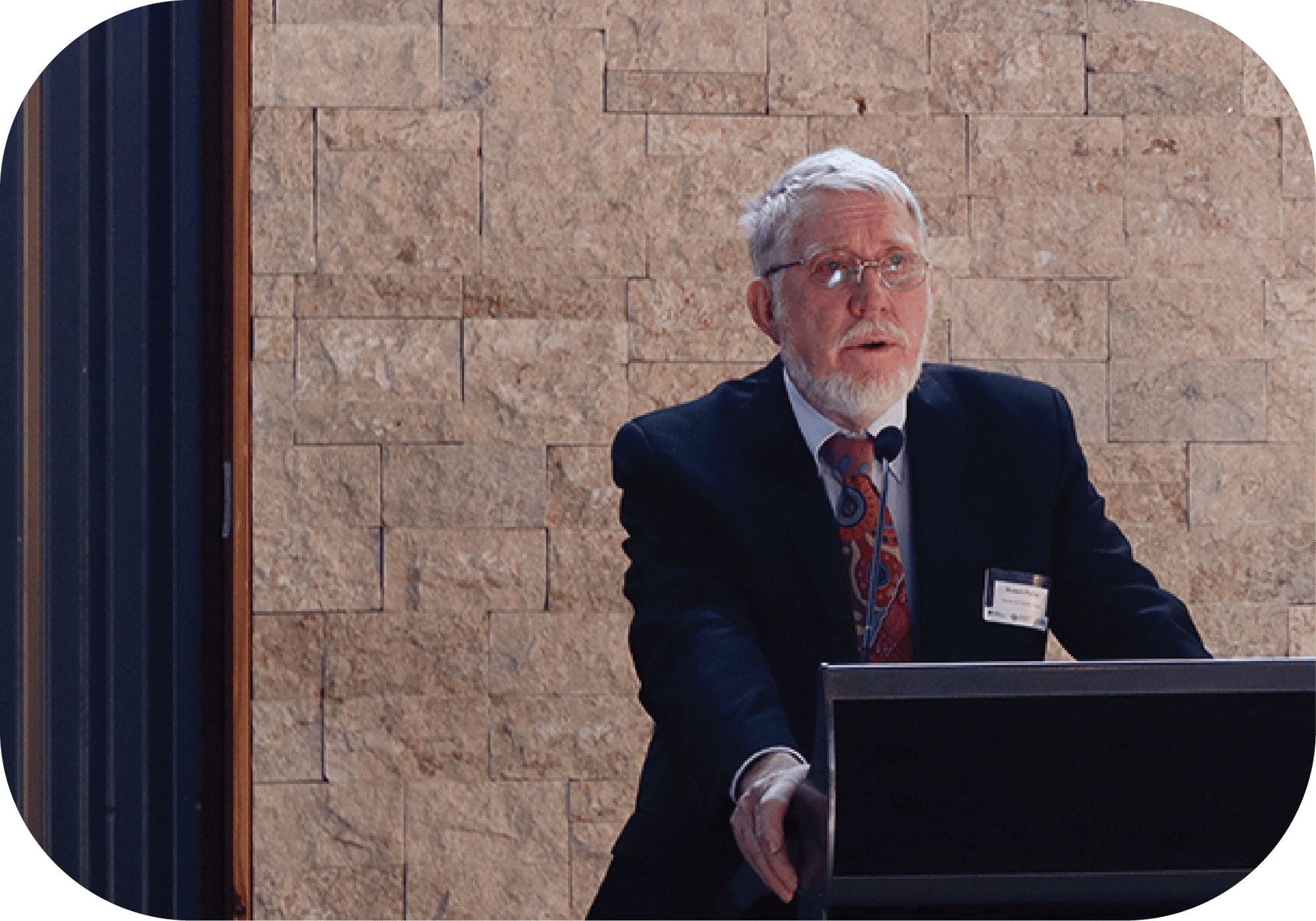
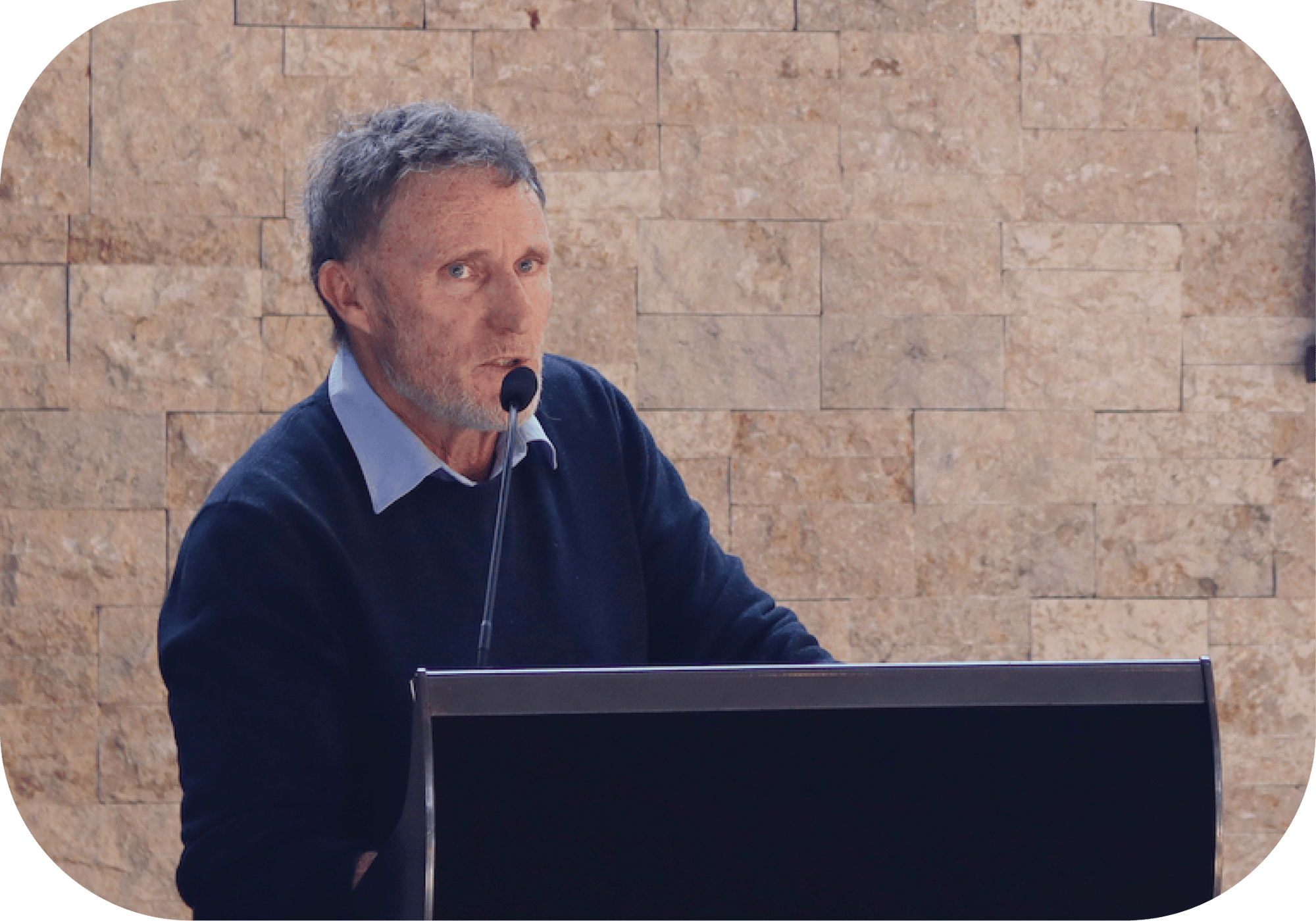
Exploring the benefits of nuclear power was introduced by Nuclear for Climate Australia, Founder Robert Parker who explained the benefits of small modular reactors and types including on-grid, advanced reactors and off-grid as well as their capacity and current role out. He outlined the benefits of nuclear energy on the grid, which he believed was vital for low cost, reliable, low emissions energy. He said the use of small, off-grid reactors would be ideal for remote and regional NSW to support mining, processing and remote communities. Robert outlined the range of small nuclear plants to suit different levels of demand from processing through to energy for larger communities and explained how regional NSW could plug into the stages of the nuclear energy process, namely mining, processing and value adding, fuel fabrication and plant operations.
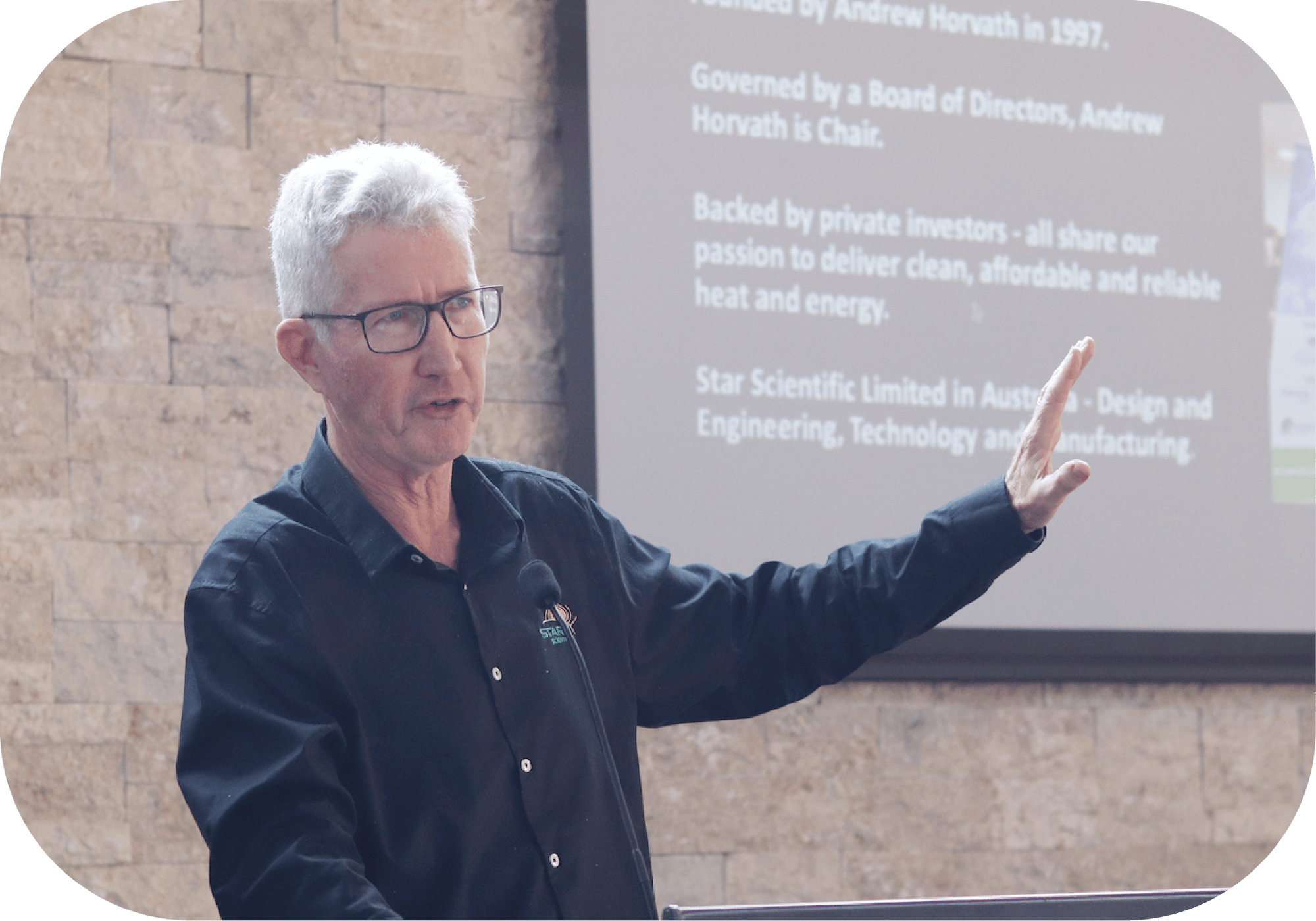
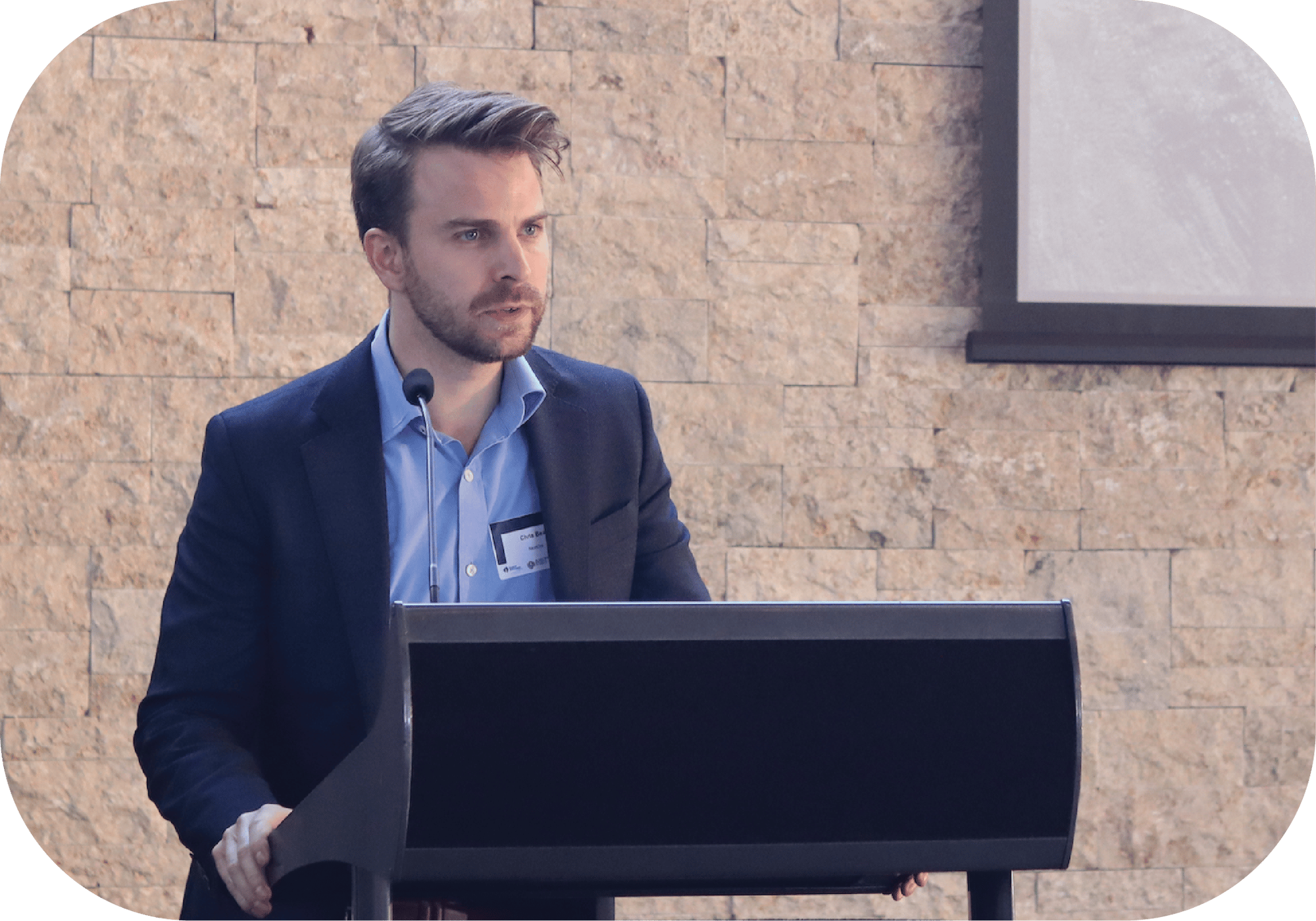
Monitoring and measuring energy efficiences to curb emissions was the theme of session 3, which began with an overview of sensor technology for sustainable copper production by NextOre CEO, Chris Beal. Chris outlined the need for fundamental changes to be made to the way mines operate with current copper demand being driven by electrification and technology. He said NSW was a significant producer of copper, however the industry needed to to operate in an environmentally conscious manner as it currently took 1,000 litres of water to produce 2.7 kg of copper. Mining needed to become smarter not harder. Chris detailed the use of new technologies which could increase quality and reduce waste using magnetic resonance (MR). He explained that MR detected the signature of ore minerals via sensors. With negligible overlap of signature resonant frequencies, MR easily discriminated between ore minerals, eliminating the requirement for recalibrations and eliminating waste.
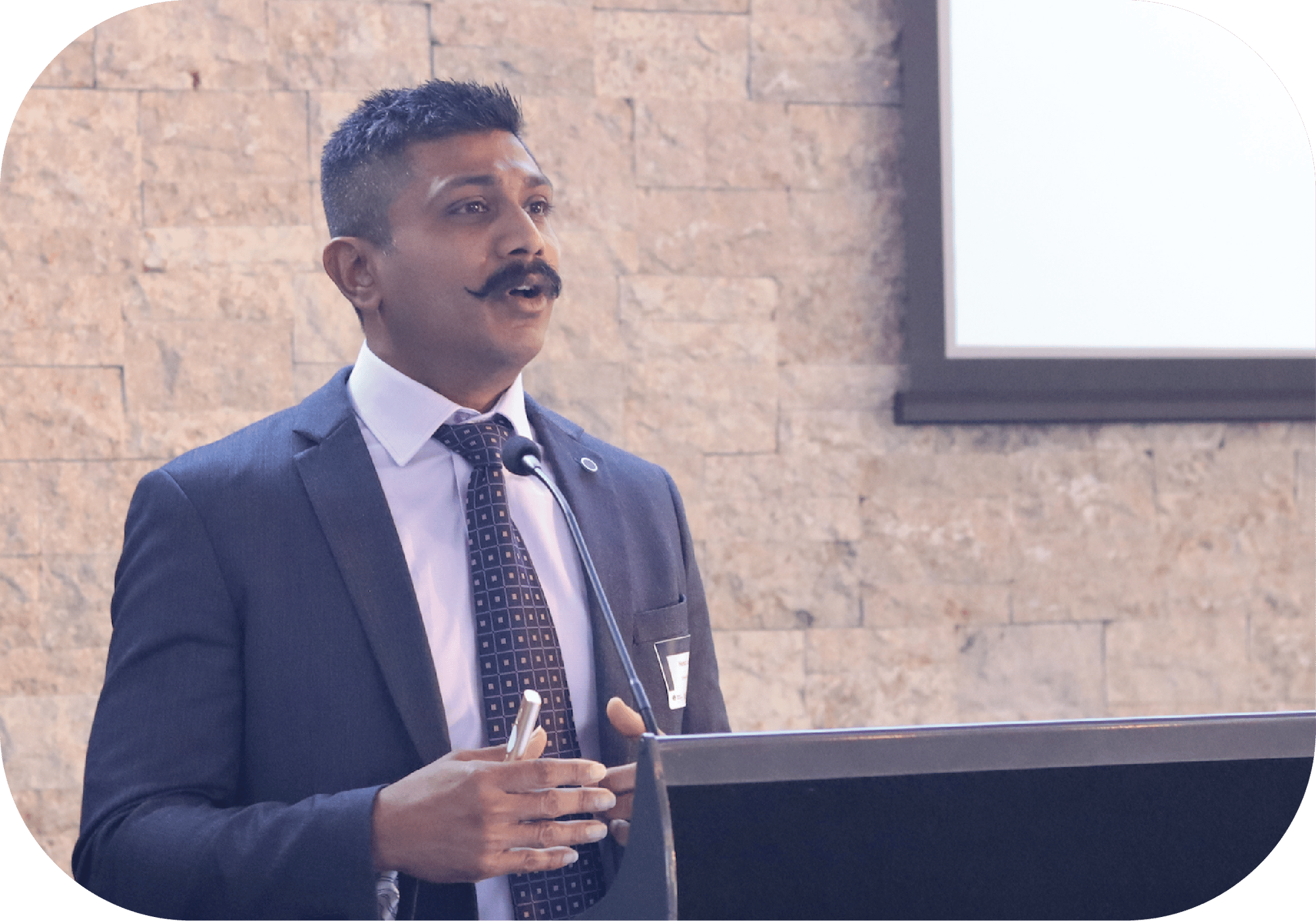
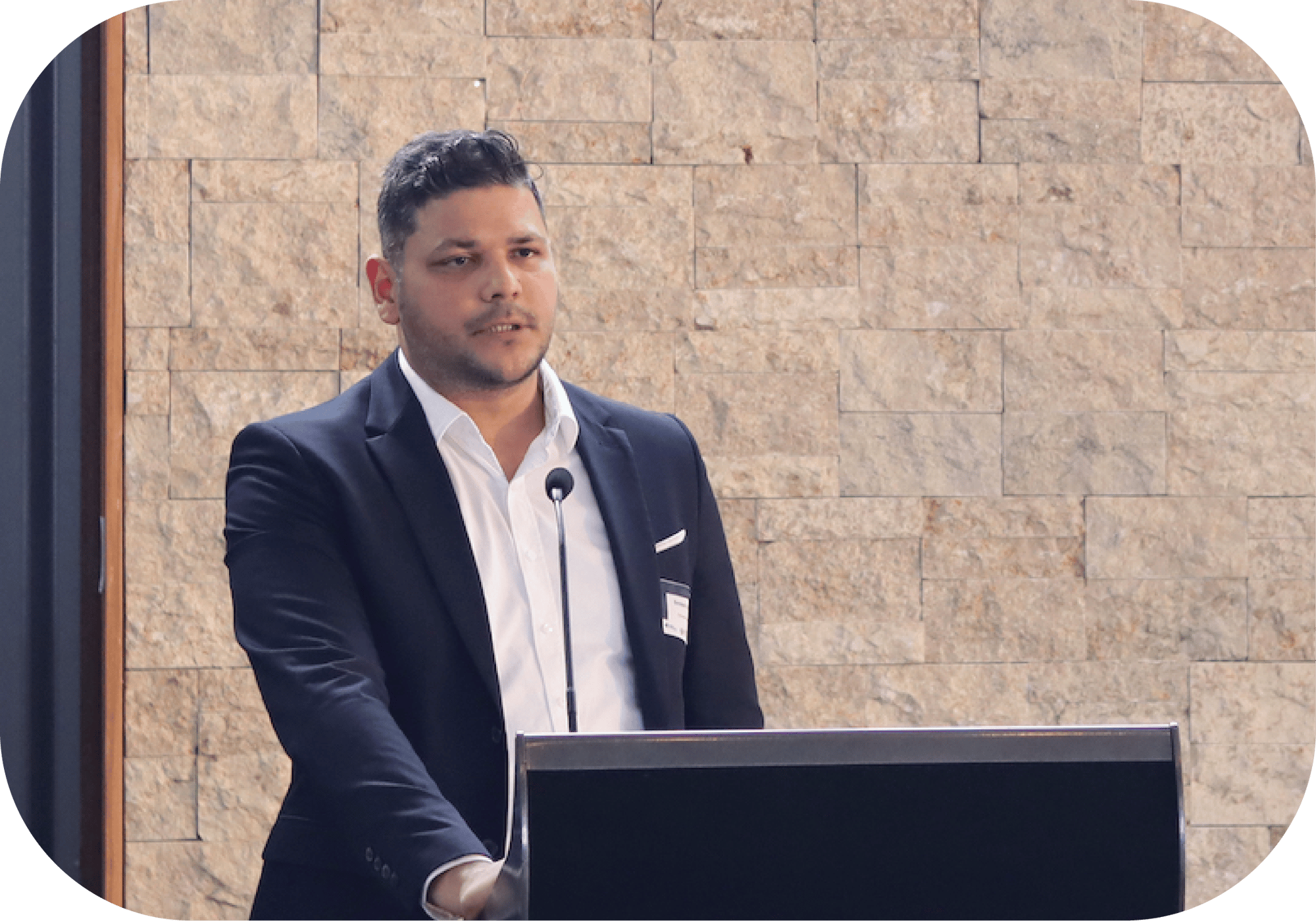
Providing business insights through smart devices and software for informed decisions, Schneider Electric, Business Development Manager, Hersch Joshi looked into the latest technological advancement in power distribution/ protection, process automation and their contribution to overall business efficiency. He explained the notion of sustainability and efficiency at different levels and provided an overview of the digital twin platform which aimed to improve operational efficiency, support day-to-day business and embrace digitization and sustainability transformation.
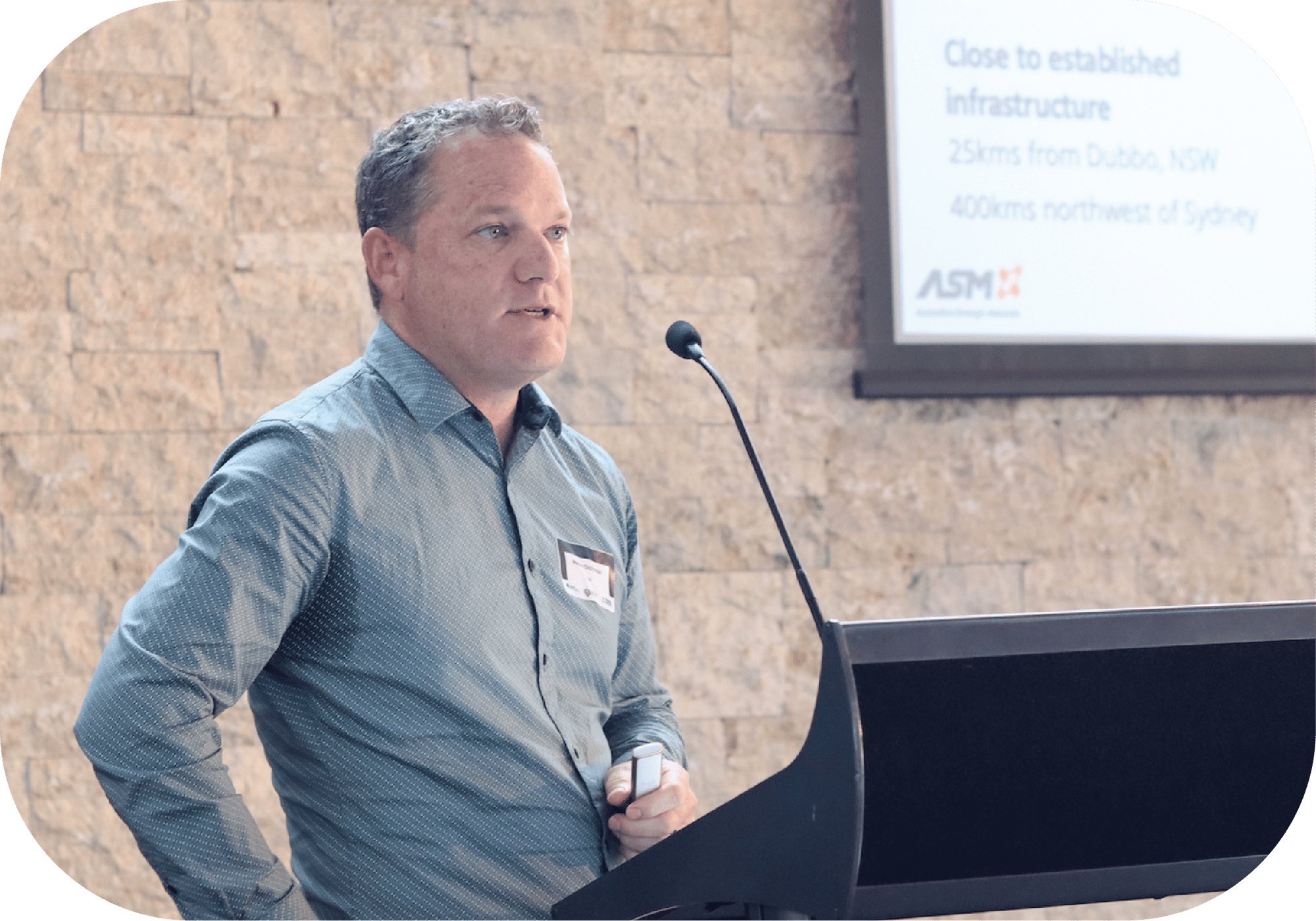
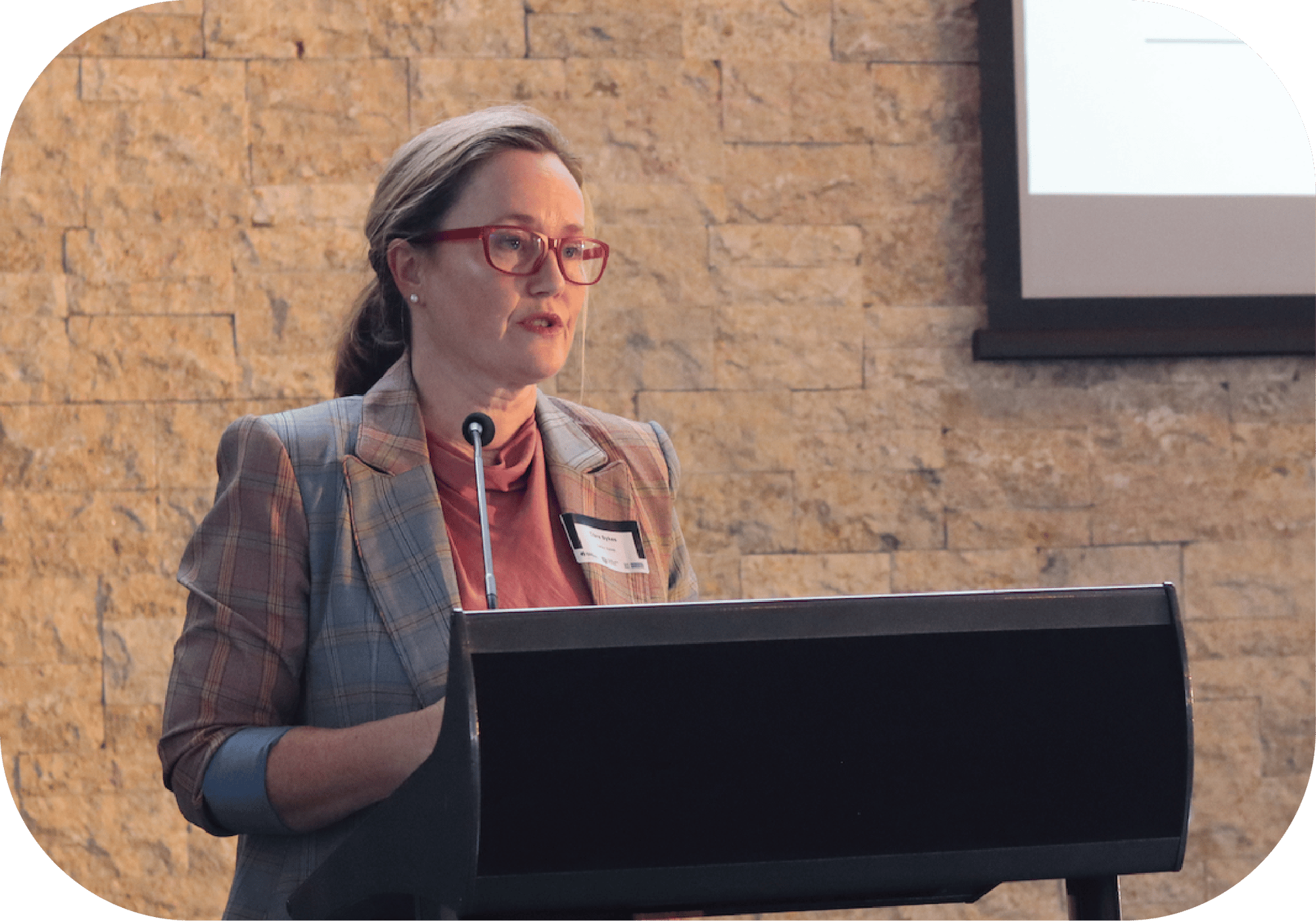
Activating innovation in the regions was the title of an afternoon workshop facilitated by Managing Director of LarkinSykes, Clare Larkin-Sykes. She discussed the current decarbonisation era, including mega trends as international agreements continue to gather pace. She said the resources industry had moved from inaction to reaction to being more proactive and strategic with a shifting demand and supply response. Clare outlined the need for innovation, asking how the Orana and Central West could leverage opportunities for economic benefit. She provided an overview of barriers which included negative perceptions, economic and scientific realities and limited incentives and also looked at what was driving innovation.
DAY 2 - RECAP
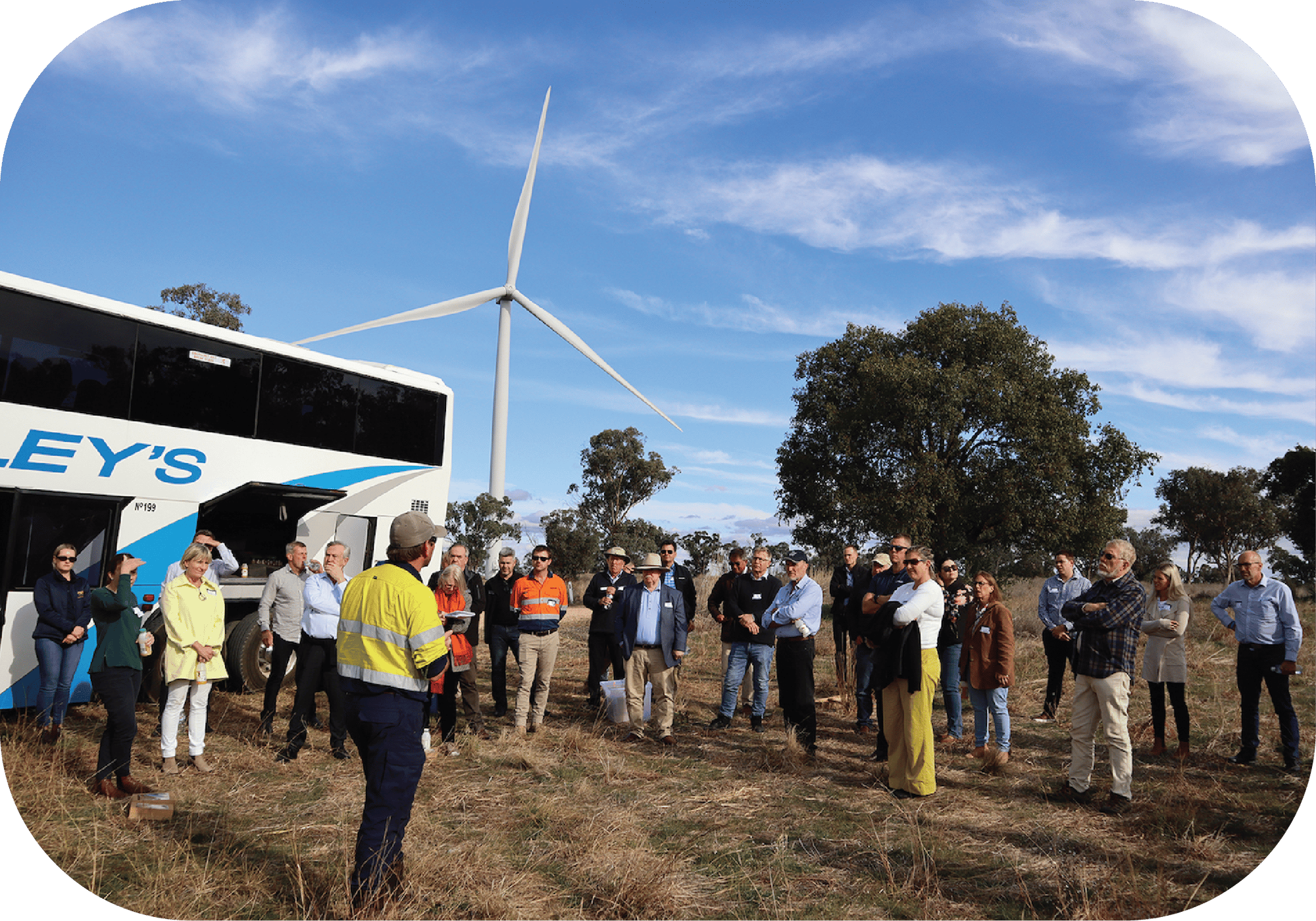
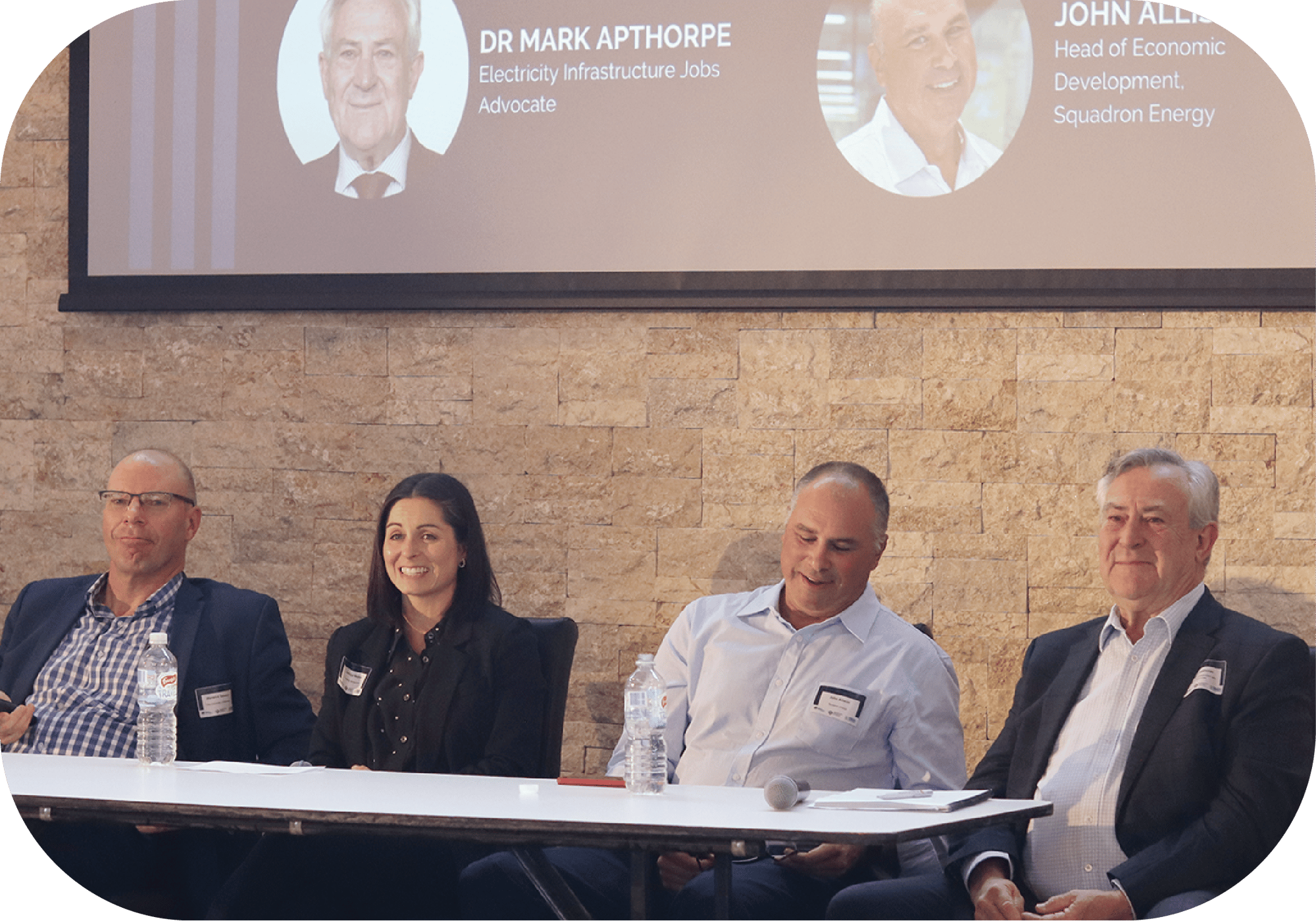
Day two of the forum saw participants visit key local businesses focusing on energy and resources in the region, with a round trip tour and presentations on board. Members of the tour heard from Australian Strategic Minerals about the Dubbo Project and metalisation strategy before visiting Tomingley Gold Operations to see the extension project and hear about their efforts in exploring renewable energy solutions to support power requirements, this was followed by a visit to the Parkes Special Activation Precinct, which focuses on the inland rail and national logistics hub. Onboard, participants heard from Alkane Resources, Senior Exploration Geologist, Rodney Dean who explained the Northern Molong Porphyry project before being treated to a tour of the Wellington Bodangora Wind Farm, a 113.2 MW wind farm featuring 33 turbines which power 49,000 homes annually. The tour then retuned to Dubbo to investigate innovative hydrogen energy storage systems at LAVO’s Blueridge site and the proposed Dubbo Firming Power Station, which will use waste water to create green hydrogen energy.
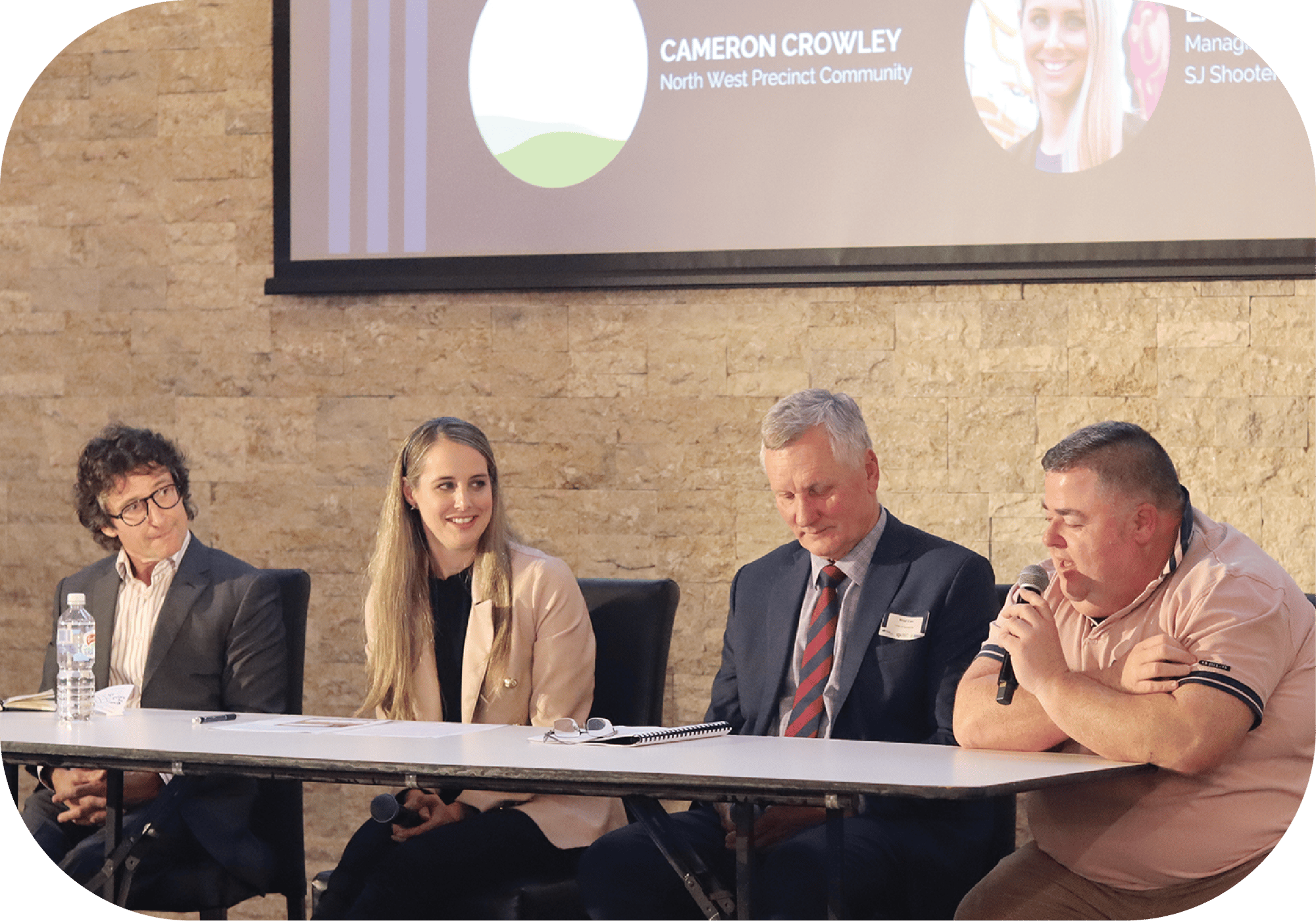

DAY 3 - RECAP
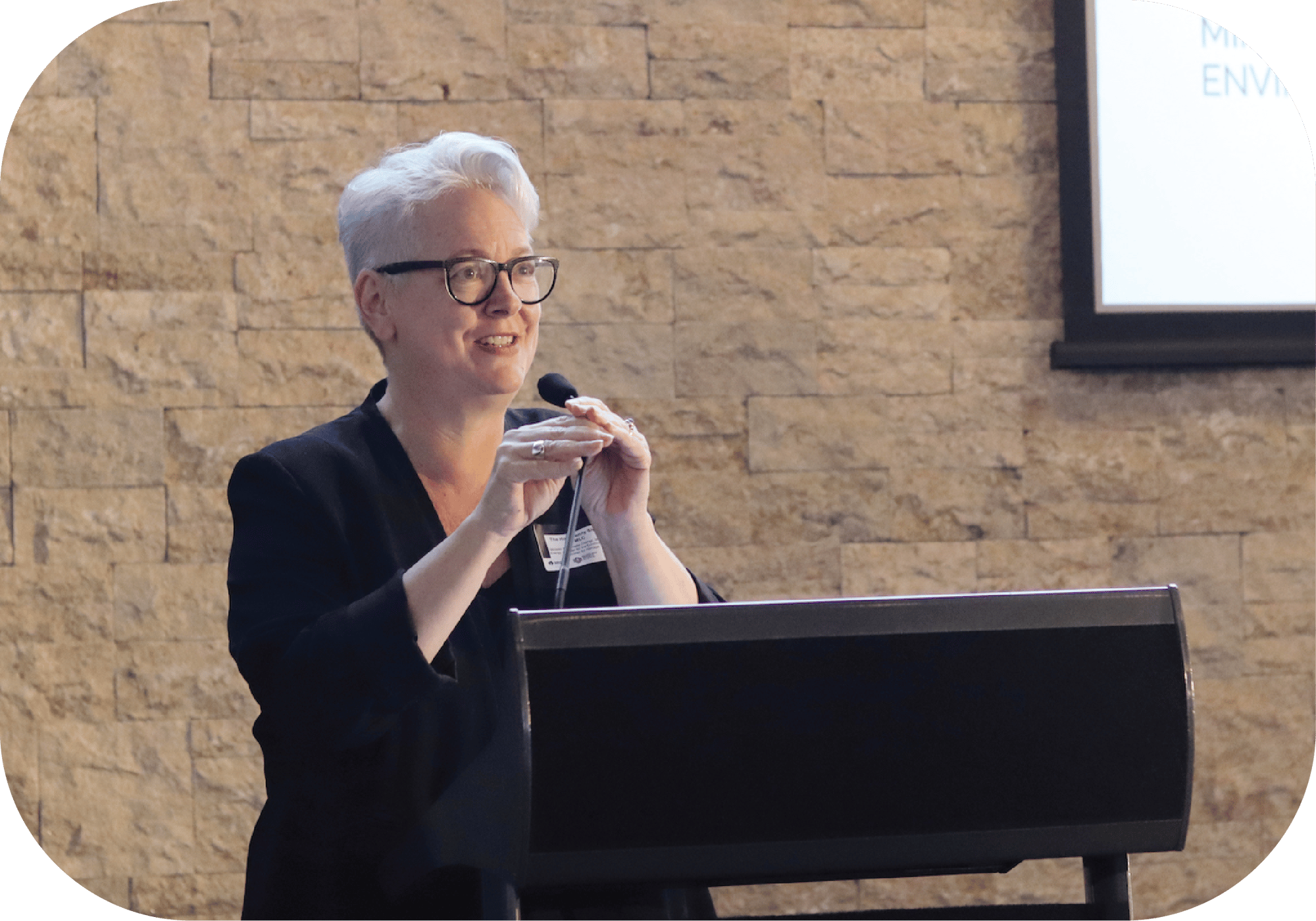
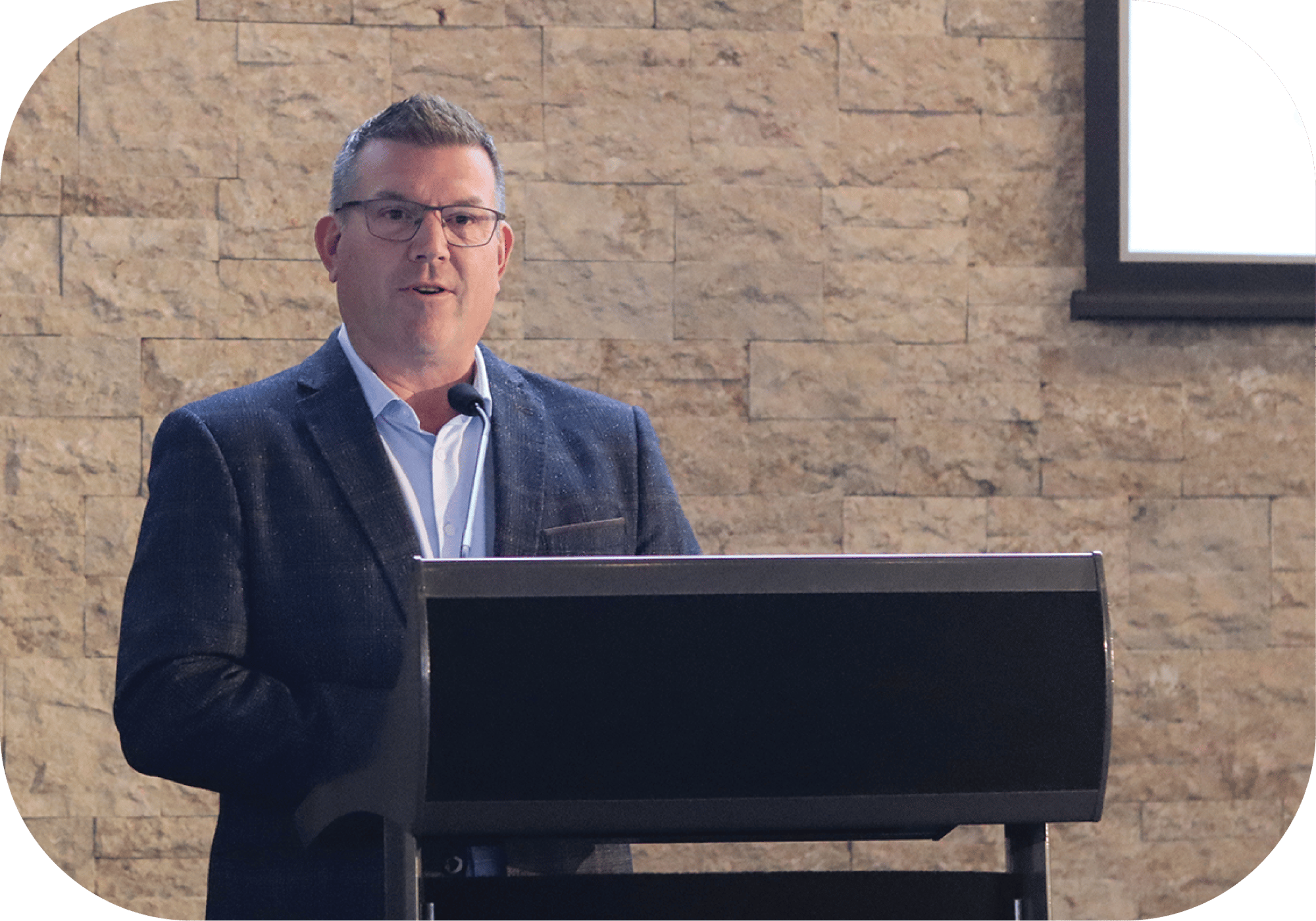
Day two of the forum focused on opportunities for communities outlining government initiatives in fostering innovation, investment, and sustainable development in regional NSW's natural resource sector. Providing a political overview, NSW Minister for Climate Change, Energy, the Environment and Heritage, Penny Sharpe, outlined the government's priorities and strategies inline with the forum theme ‘towards a zero emissions future’. She highlighted key actions including legislation for emission reduction targets, establishing an independent net zero commission and an energy security corporation to accelerate transformation.
The Minister said biodiversity and nature were part of the solution coupled with the Network Infrastructure Strategy, which set a 20 year plan in place for the coordination of NSW network infrastructure to connect new generation and storage in NSW’s five Renewable Energy Zones (REZ). She spoke about communities and making sure they were gaining benefit from being part of a REZ, including jobs and on-going job creation, upskilling the local community and making sure the right infrastructure was in place. The Minister recognised the need for better consultation with the community and said everyone needed to be heard for the benefit of all involved, she pointed out the urgency in transitioning the electricity system as coal fire power was coming to an end and explained that community support was essential in moving forward.
Highlighting the resilience of the regions, Member for Dubbo, Dugald Saundars said regional economies as a whole were continuing to move forward while looking to achieve a net zero emissions future. He emphasised the importance of the renewable energy zone (REZ), future rare earth mineral projects and the investment opportunities that would be available to communities, so regions could keep pace with city counterparts. In moving forward with the REZ, the Minister outlined requirements of 55,000 hectares of agricultural land which would be dedicated to renewables, and the need for improved community consultation with landholders to provide them with certainty for the future. He suggested that other options for renewable locations be investigated, such as land that has already been impacted, for example, a mine site could be rehabilitated with solar rather than tree planting, which would spread risk across different land use sites.
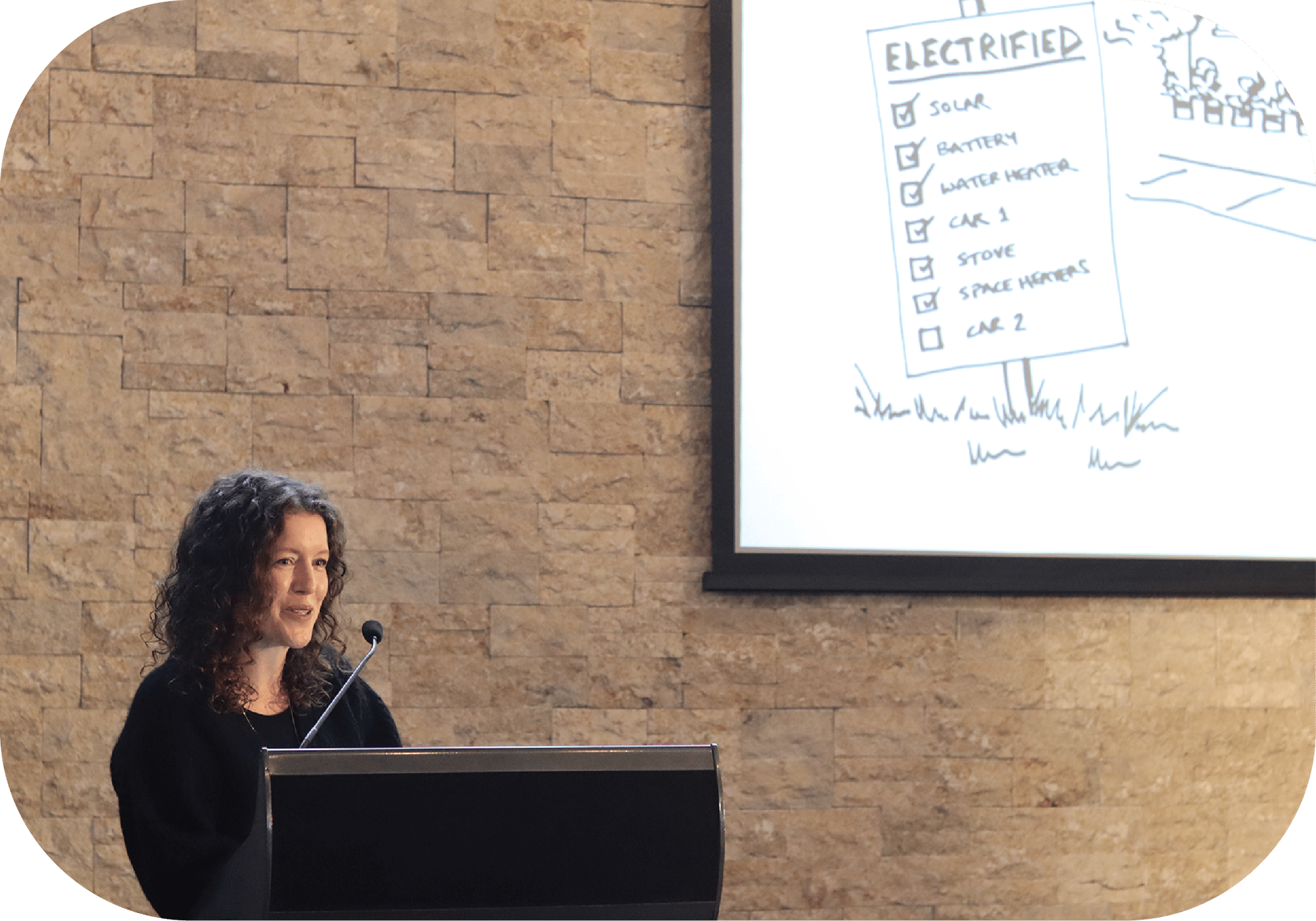
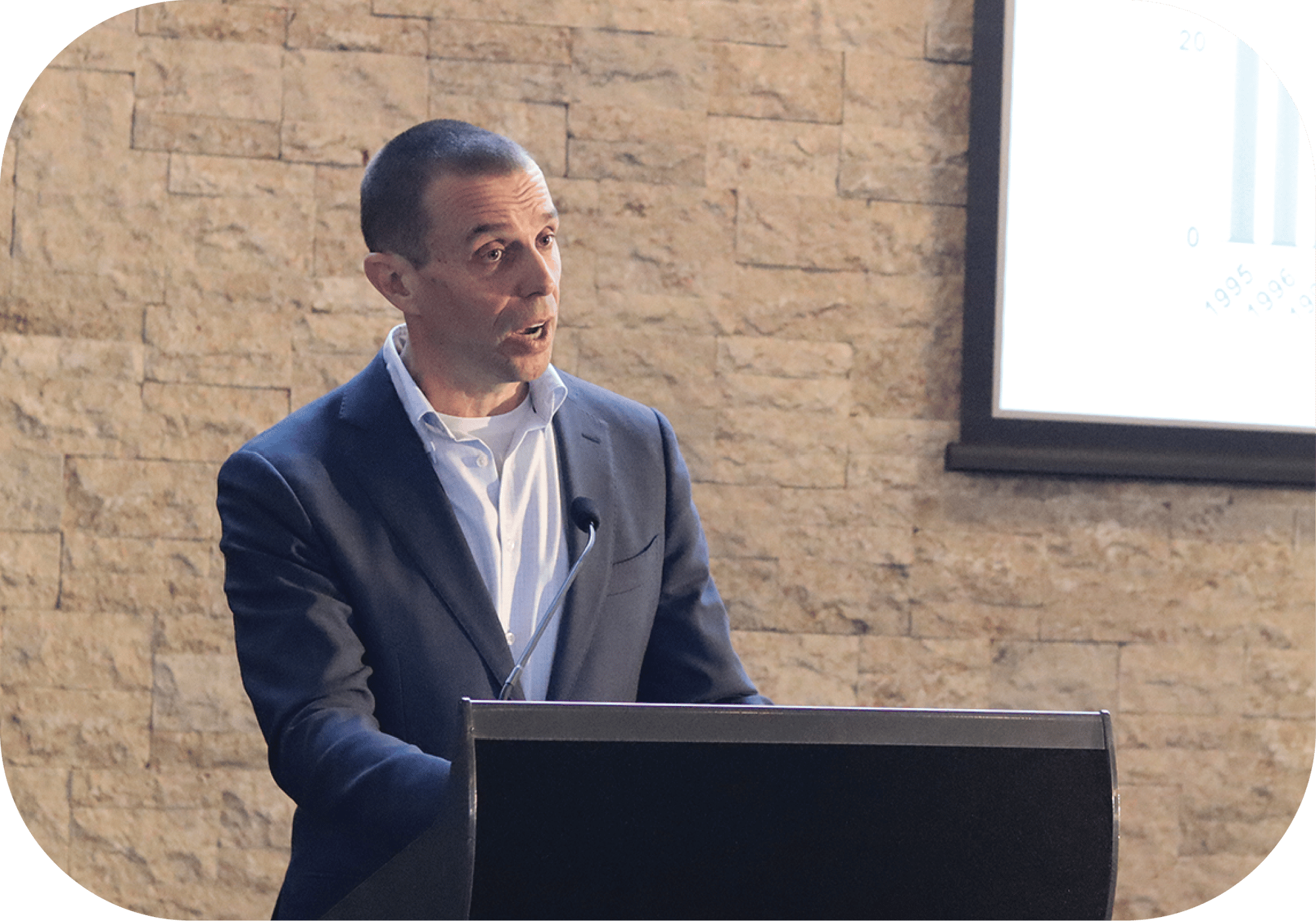
How the state's mining sector is working to drive down carbon emissions was the focus of NSW Minerals Council, CEO Stephen Galilee’s presentation. He began with an emission profile comparing the largest emission output for each operation which included underground coal mining (fugitive 84%), open cut coal mining (diesel 79%) and metals mining (electricity 92%). He illustrated the increase in coal export volumes and the reduction in operating coal mines along with the extension of some operations to 2050. He explained that export markets wouldn’t be switched off, however mining metals would increase over time. Stephen said mining was a significant contributor to Scope 1 emissions and had fallen 40% since the peak in 2007 with more open cut mines equaling less fugitive emissions. He spoke about innovations such as using waste coal mine gas to generate electricity, vehicle electrification and fuel efficiencies. Stephen noted that mining was responsible for about 6.5% of the state’s total Scope 2 emissions which were increasing due to the energy intensive needs of metals operations. He also believed that a focus on modern land use at coal mines to incorporate green energy could play a role in the future.
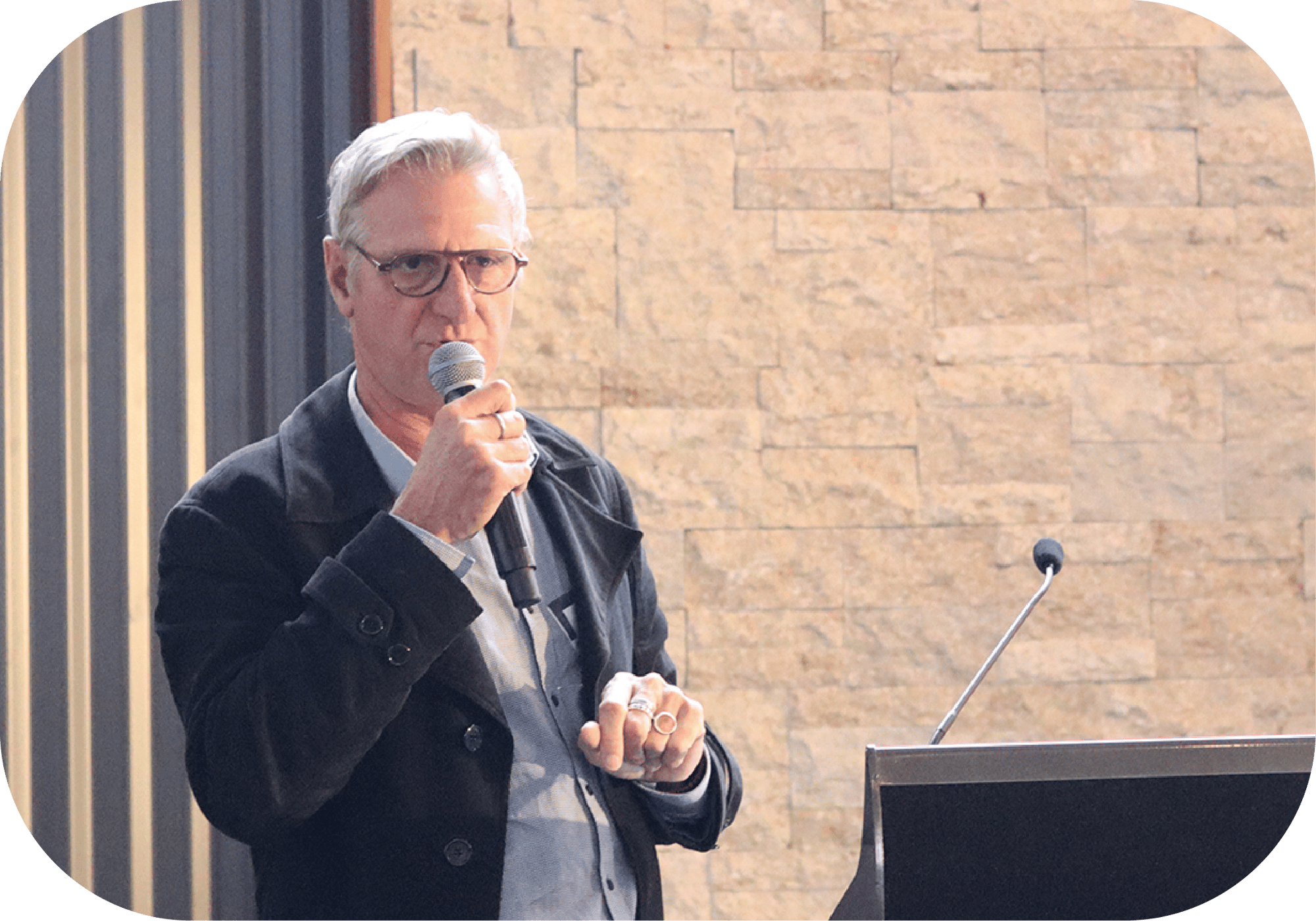
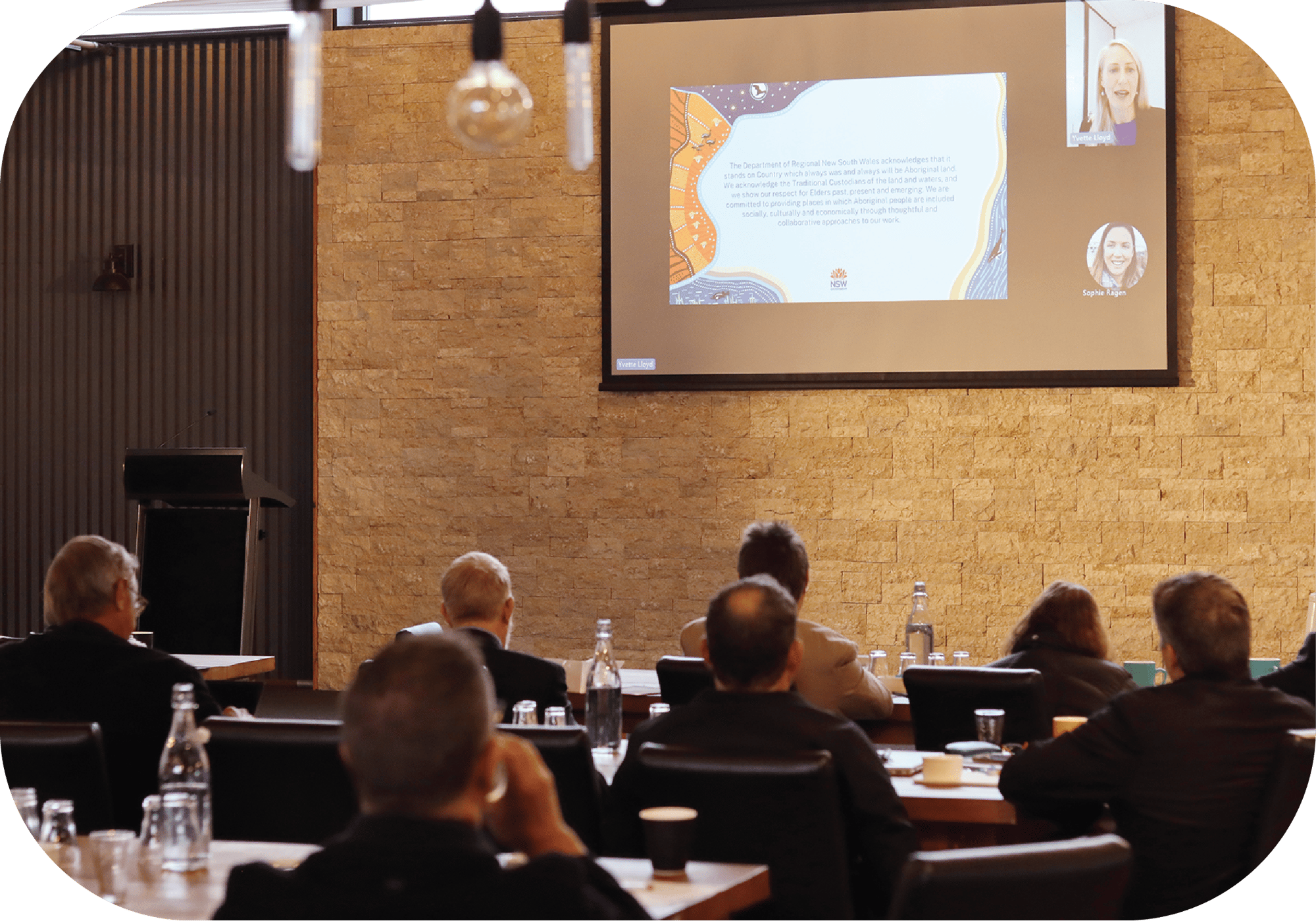
The future of natural gas in NSW and the implications for state and local government net zero strategies was discussed by ESG Partners, Partner, Andrew Grogan. He explained there was a move away from the use of natural gas in NSW and that the transition and rise of EVs and the need for carbon removal provided opportunities for local government. He believed the quickest, lowest-emissions and lowest price gas solution was importing gas, through the development of an import terminal. Andrew said Australia’s proposed gas developments were high cost, high emissions and could not provide gas quickly. He believed local government had access to suitable land and facilities for both PV generation and for carbon removal projects (high quality forest projects) and council facilities could be utilised to provide high quality DER projects.
Department of Regional NSW, Mining, Exploration and Geoscience, Director Industry Development, Yvette Lloyd provided an update on how the organisation is working to support sustainable mining and exploration in NSW. She said the state was lucky to have such a rich mining history and also strong potential for continued growth with a large mineral endowment. She explained there was a strong ESG that underpinned the state's mining and exploration sector which provided a competitive advantage.
Yvette explained that NSW exploration expenditure was increasing with copper and gold driving prices, while the value of non-coal mineral products had been growing steadily at an average of 6% per year over the past 10 years. She spoke about the resource potential in NSW which continued to focus on copper, silver and cobalt with significant opportunities for exploration in the porphyry copper space. Yvette explained the availability of data to support exploration with the government contributing more than $4 million to fund a new series of surveys. She also highlighted the growing demand for critical minerals with a transition to a low carbon future and with 17 critical minerals located in the state, NSW would play an important role in addressing the demand as part of global supply chains. She also provided an overview of several advanced critical minerals and high-tech metals projects in development and at approval stage.
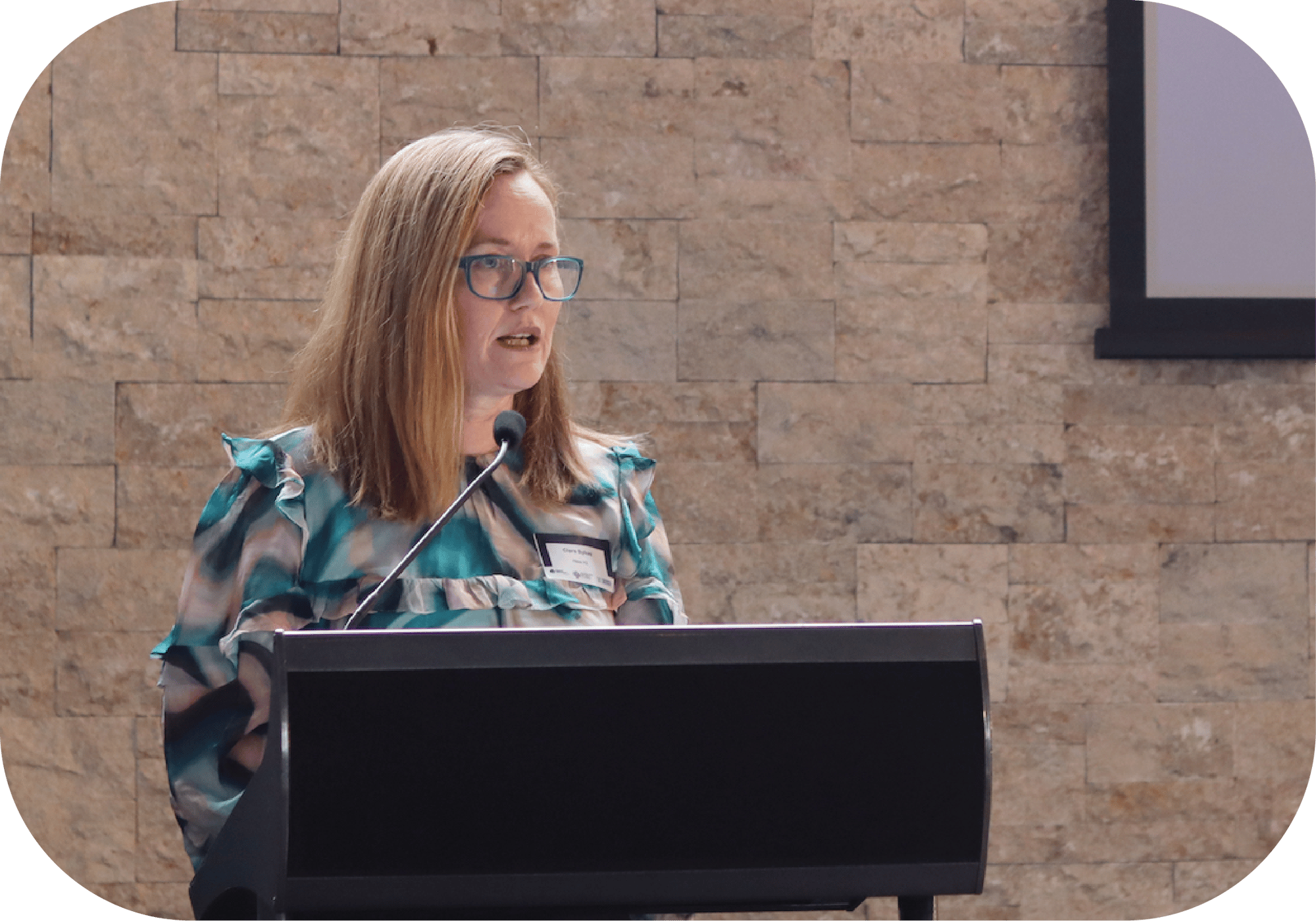
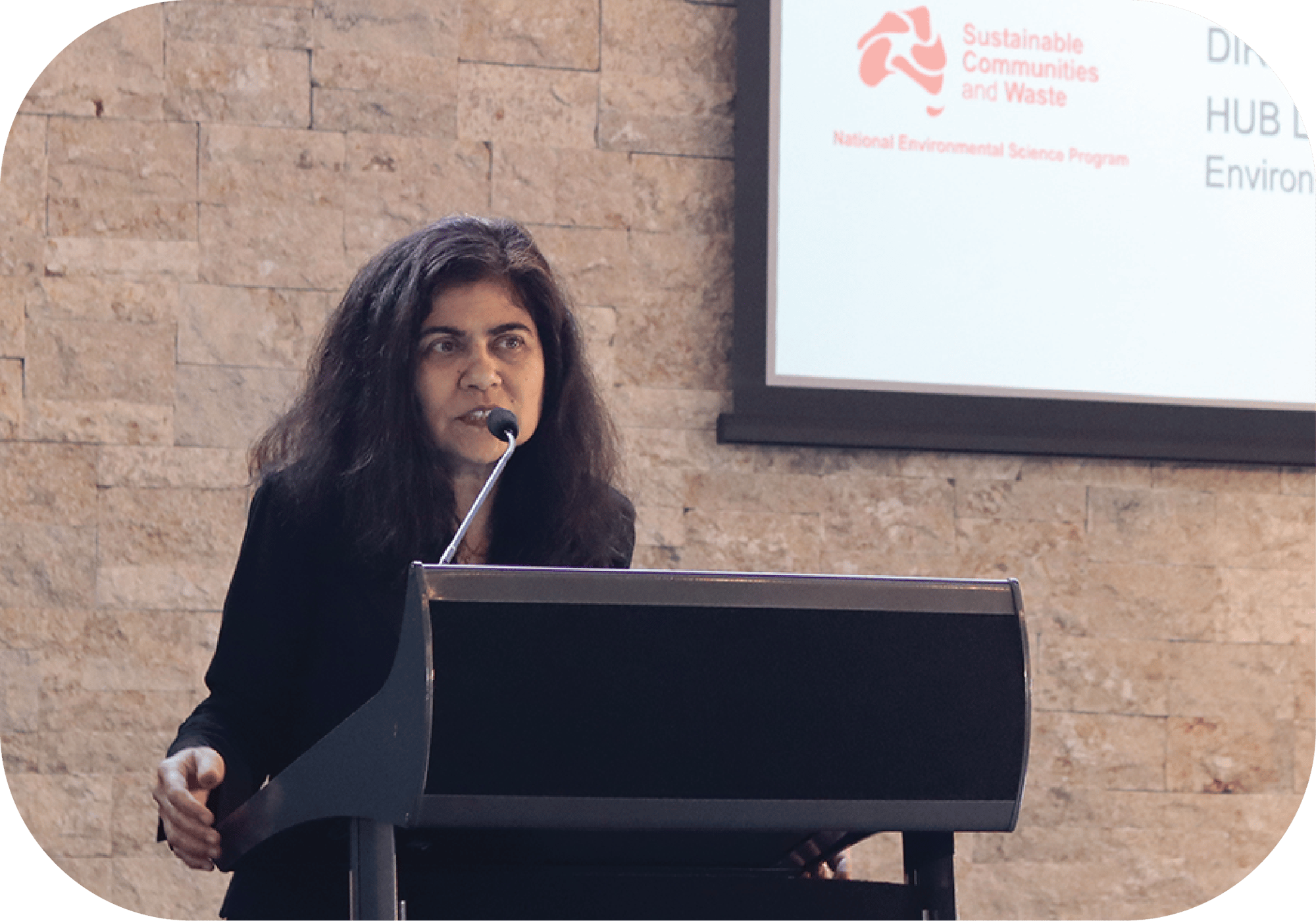
NSW NewH2, Co-Lead, Clare Larkin-Sykes provided an overview of how hydrogen, as a priority industry for NSW, had the opportunity to anchor significant new jobs and economic growth. She explained the establishment of NewH2, which was part of a nationwide hydrogen cluster initiative that aimed to facilitate connection and knowledge sharing, support the development and coordination of hydrogen and clean energy supply chains and identify gaps and barriers to support the industry. Clare outlined the Hunter Hydrogen Roadmap and how business, government, research and industry are working together as a hub and cluster model. She recognised the complexity in the emerging hydrogen industry and said it required a top down and bottom up approach.
Professor Veena Sahajwalla, Director of the UNSW Sustainable Materials Research and Technology (SMaRT) Centre and Leader of the NESP Sustainable Communities and Waste Hub provided an overview of the work being carried out at the centre, which focuses on the fundamental science around sustainability of materials, the transformation of materials and understanding how materials could be recycled and reformed into new applications. She explained that a combination of new science, technical innovation, strong industry collaboration and supportive government priorities would deliver the solutions needed for a more sustainable future as we seek to decarbonise and electrify power systems. Veena said sustainability needed to be at the heart of design, production and materials usage, and it was vital to ensure waste was used as a source of raw materials for manufacturing. She said this was especially true for the materials we needed to electrify the world via new energy infrastructure and storage, because many of the metals and other critical materials needed are finite and restricted in supply options, so recovering those materials from waste sources rich in such content is crucial, instead of throwing them away.
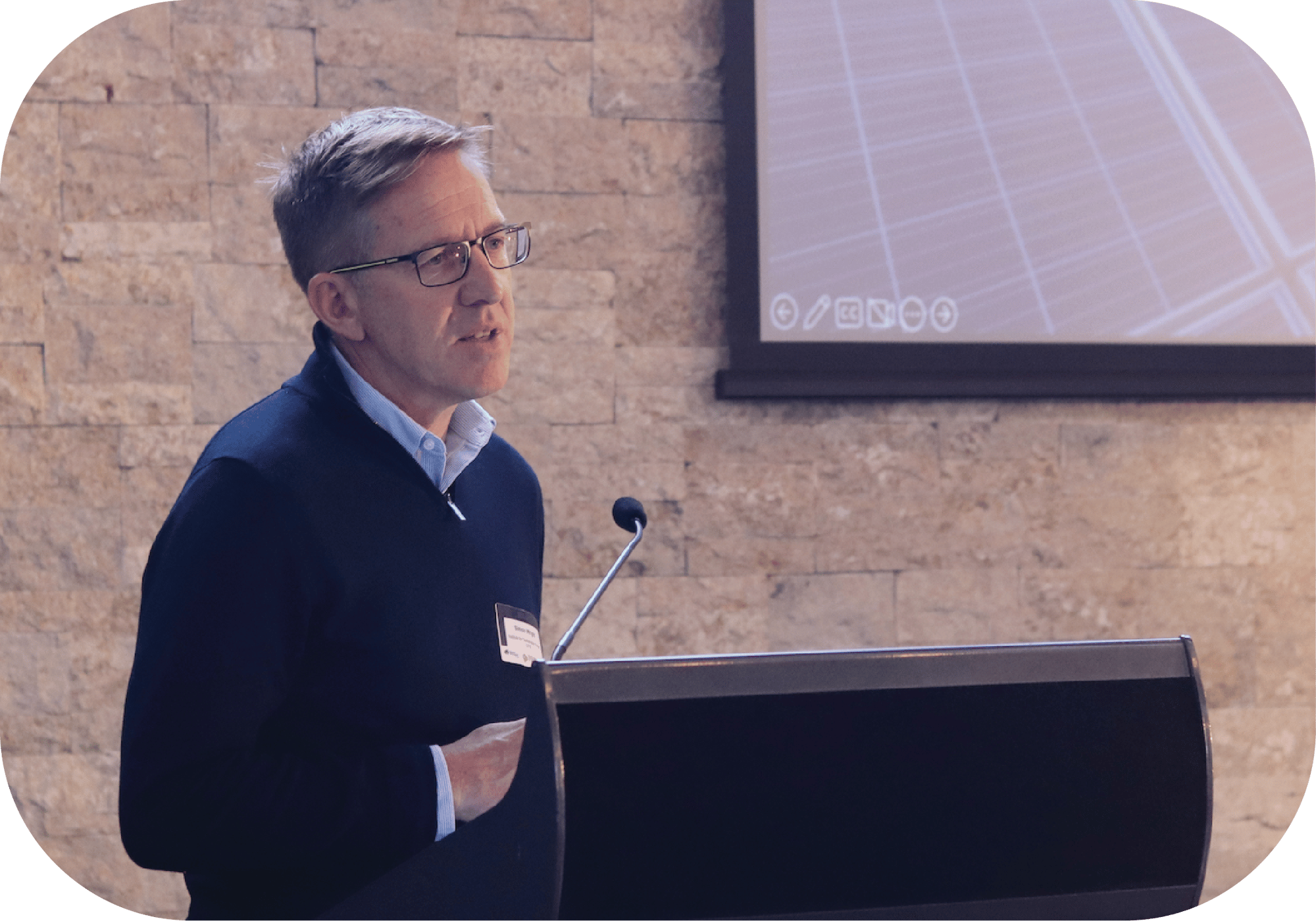
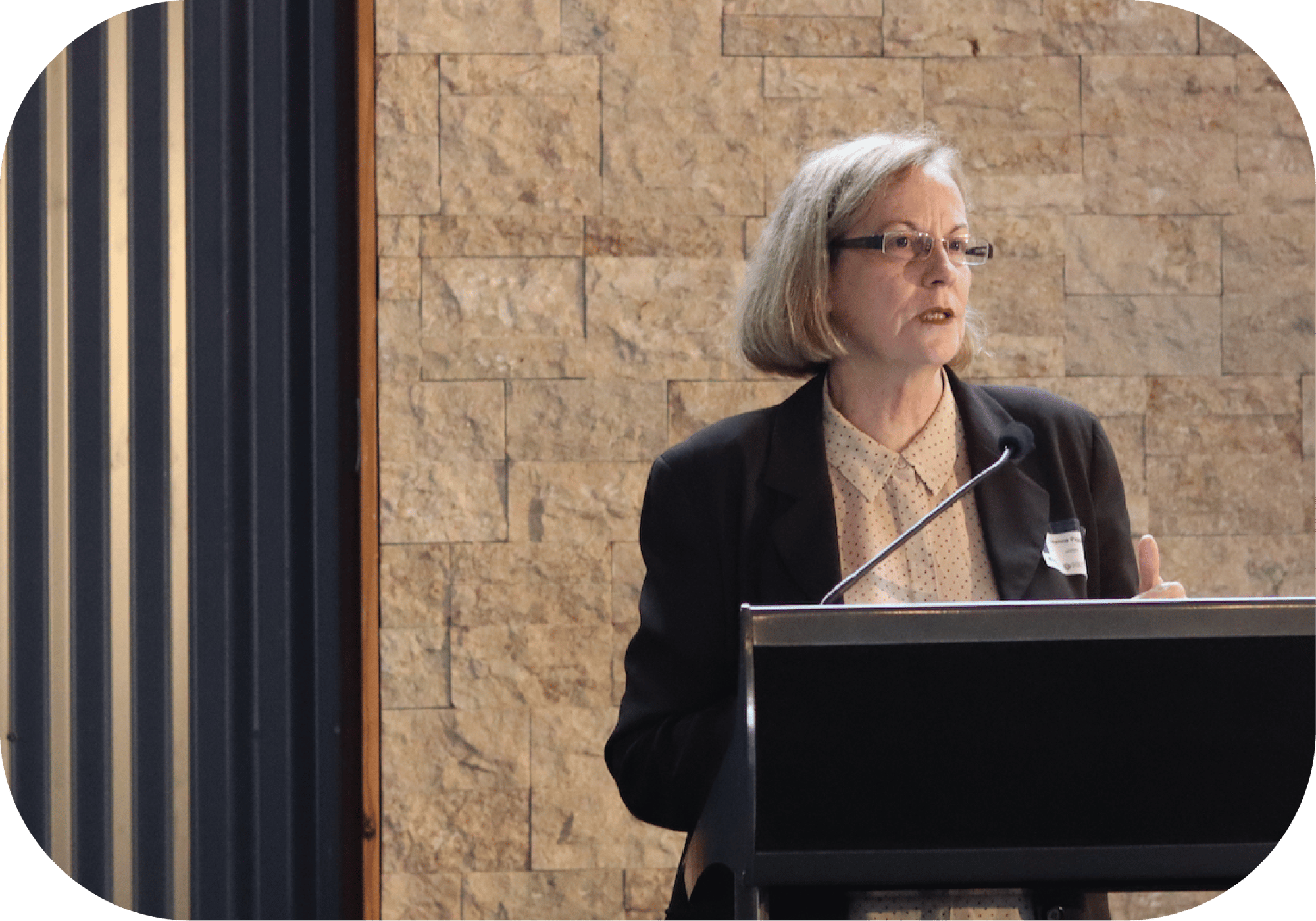
Delving into the what, why and how of Power Purchase Agreements (PPA), Institute for Sustainable Futures, Research Principal, Simon Wright outlined how the development of the Central West Orana Renewable Energy Zone could potentially provide price and supply security of clean electricity to local businesses and councils. He provided an overview of PPAs and their role to support the decarbonisation of Australian business and the electricity grid by delivering financial certainty for renewable energy products. Simon highlighted the big buyers of PPA and in a regional context the largest user via industry, which was mining followed by agriculture, manufacturing, universities and local government. He provided a case study of the Central NSW Joint Organisation, which set on a renewable energy journey to power 11 councils and has successfully reduced emission by 20,000t of CO2e each year. Simon concluded by saying corporate renewable PPAs were a way of sharing the benefits of renewable energy generation with the local area and building community value.
Transitioning to a low emissions future will impact on the regions, the managing transition session helped identify the steps to build economic prosperity while also moving towards a lower carbon economy. University of NSW, Director of Experience, Leanne Pigott led the discussion about regional workforce requirements, upskilling and creating a future workforce pipeline for the clean energy sector by outlining the Trailblazer for Recycling and Clean Energy (TRaCE) Education Pathways Program. She explained it was a collaborative program, which aimed to accelerate new clean energy and recycling technologies from research to market. She said the key to success was ensuring critical workforce needs were met through upskilling the current workforce through micro-credentials and industry postgraduate programs and the future workforce through industry postgraduate programs, work integrated learning and VET pathways.
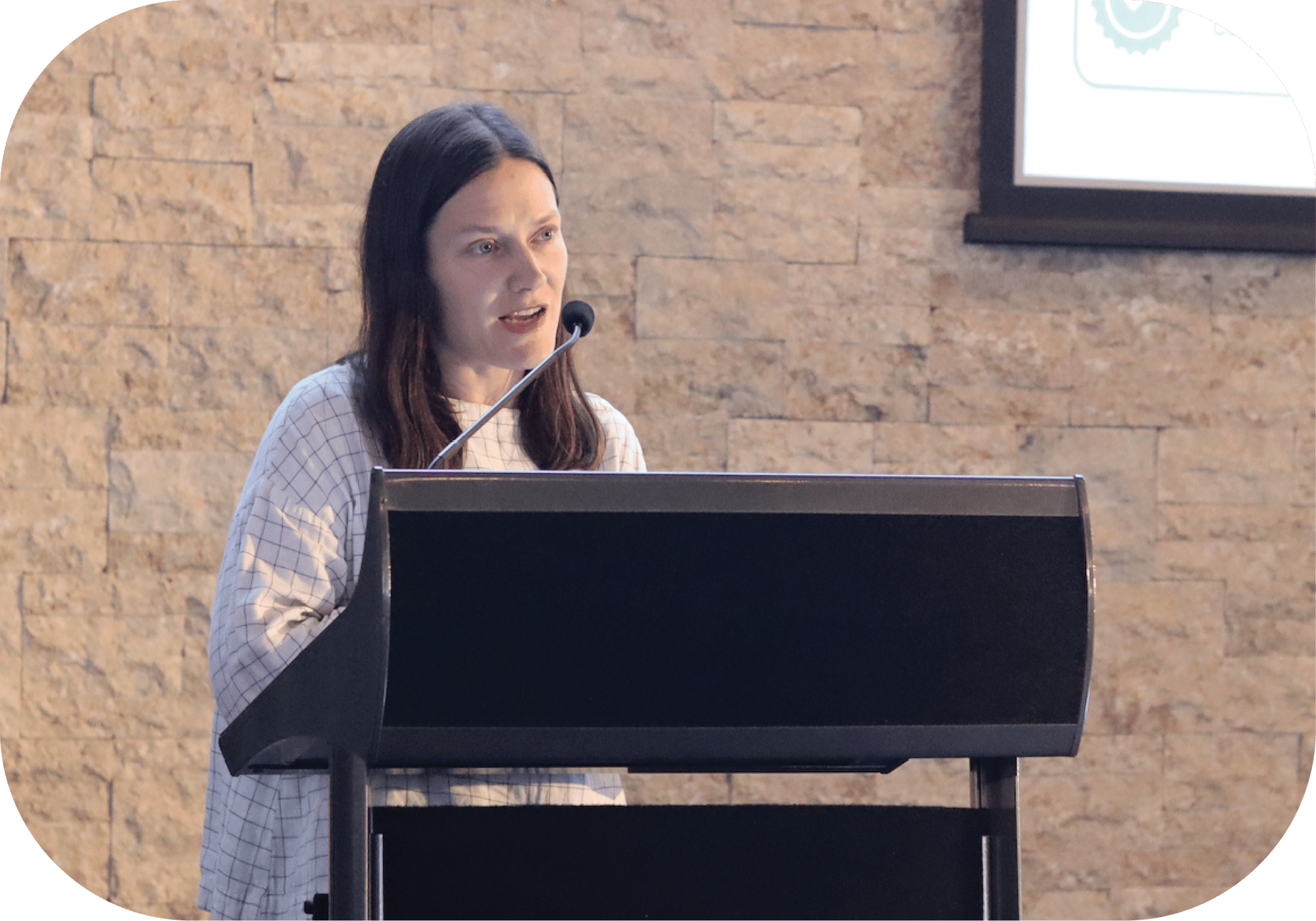
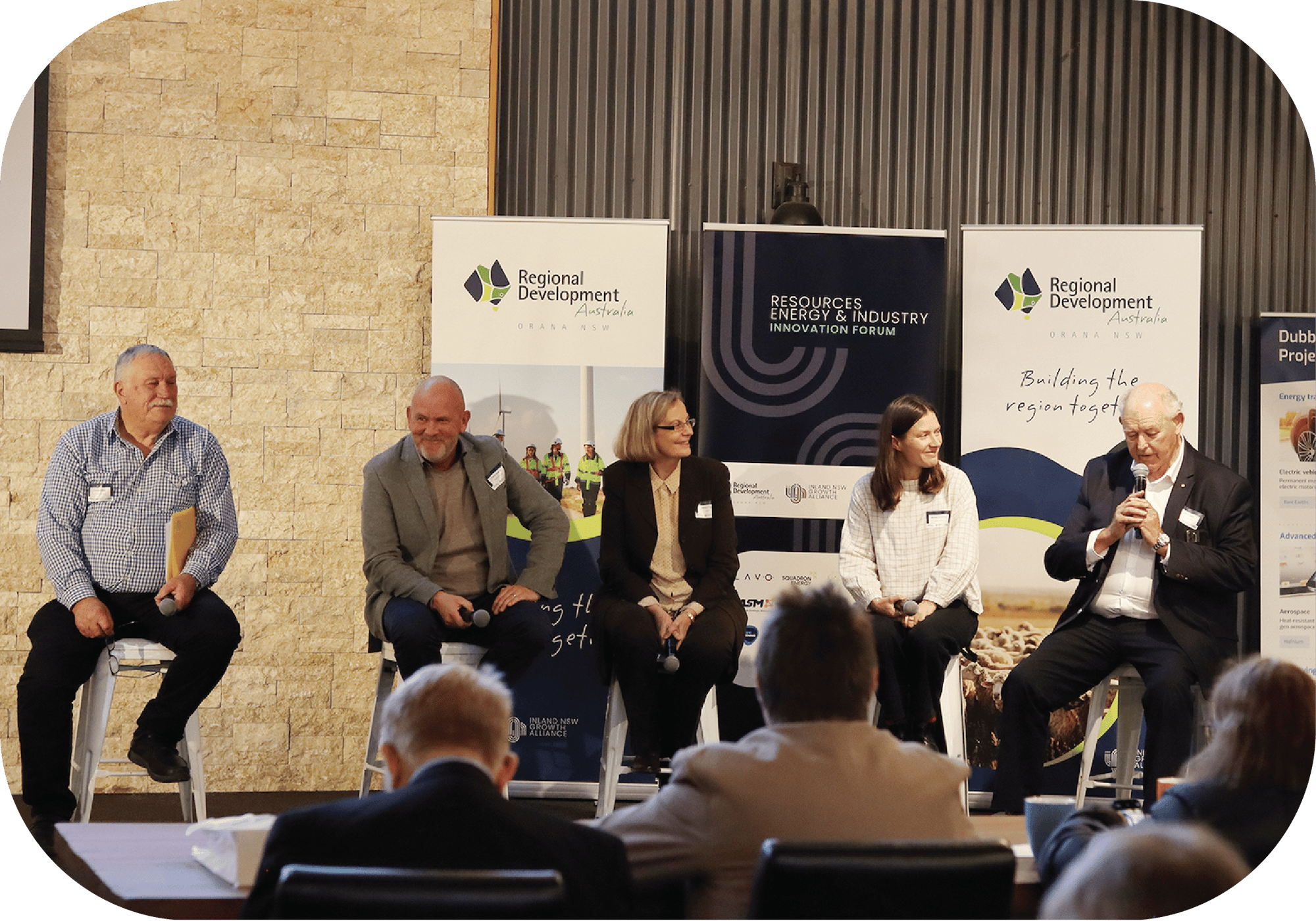
Learning how to build trust and engagement with communities, Tilt Renewables, Senior Stakeholder Engagement Advisor, Martine Holberton walked us through the process of the Liverpool Range Wind Farm. She explained that Tilt Renewables were leaders at building renewable energy projects and were the latest owner of wind and solar generation assets in Australia, with more than 1.3 GW of installed capacity and 396 MW under construction. She said the Liverpool project could generate approximately 1,300 MW of renewable energy at full build and would house 185 turbines on a 46,000 hectare site.
Martine outlined the community engagement practices to try and build acceptance and trust with communities. She said they were always seeking to improve methods to actively engage and learn from communities, but it was not a one size fits all approach. She explained that as part of the REZ access right tender process there were mandatory criteria for community engagement and shared benefits and while they were happy with the level of community engagement they saw a real challenge and risks to the project in determining the shared benefits. Martine said stakeholder feedback suggested communities were cynical about the local outcomes and that the pitfalls weren’t really understood by governments or industry. She explained that it was critical to strike the right balance so that a REZ was not only attractive to proponents but beneficial to impacted communities and household energy bills.
The day concluded with a panel session including Forbes Shire Council, General Manager, Stephen Loane, Orange City Council, Mayor, Jason Hamling and Lachlan Shire Councillor, Dennis Brady who spoke about managing community pressure, how to build trust and engagement and the effects of a low emission future would have on mining towns.
Bought to you by
.png?width=200&height=88&name=3857-RDA_logo_CMYK-ORANA%20(1).png)


